- Filter By:
-
-
Stock photos and images of username:yands
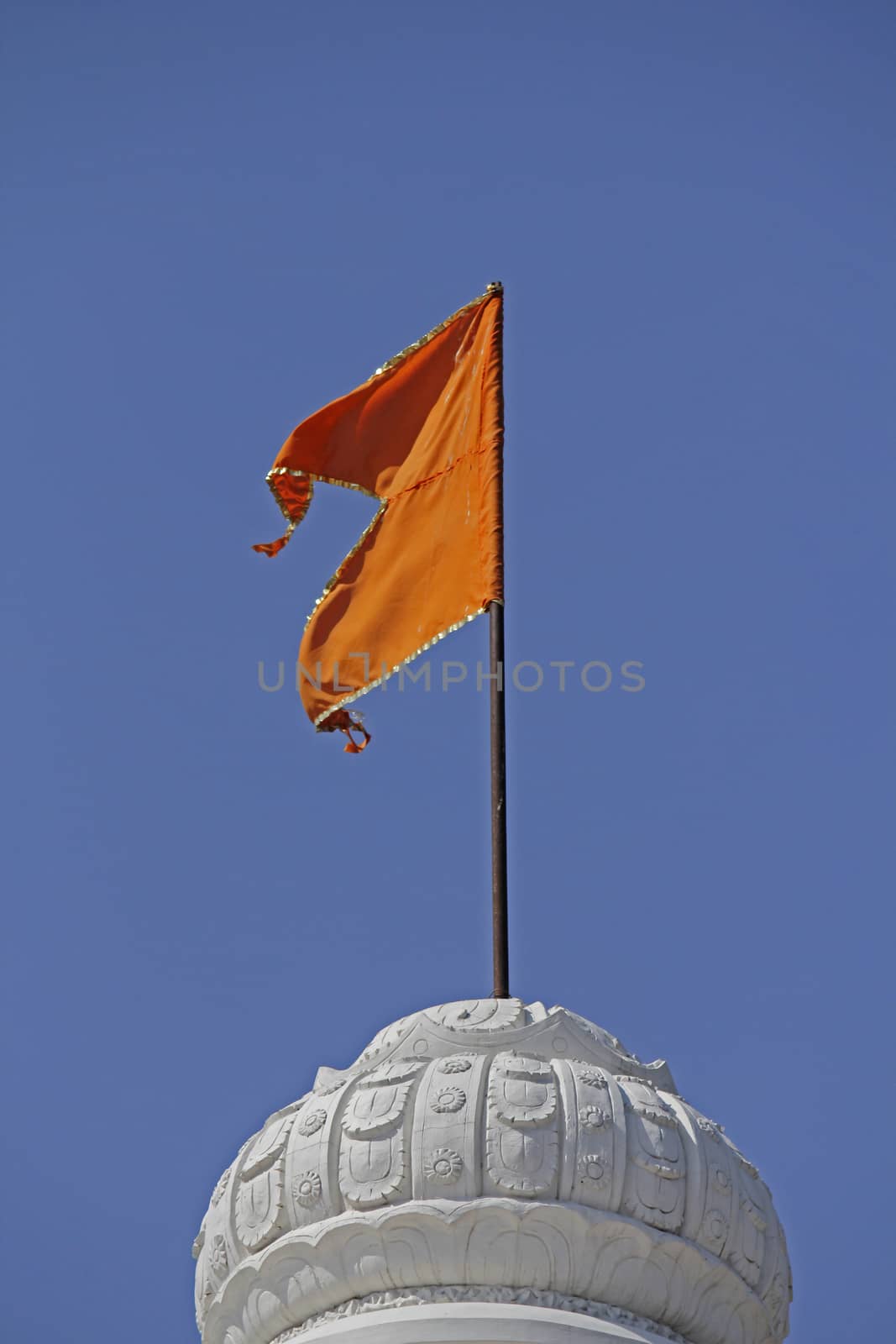
Orange Hindu temple flag in the breeze
Stock PhotoUsername
yandsResolution
3456x5184pxOrange Hindu temple flag in the breeze


Old Stone carving at Changwateshwar Temple near Saswad, Maharash
Stock PhotoUsername
yandsResolution
5184x3456pxOld Stone carving at Changwateshwar Temple near Saswad, Maharash
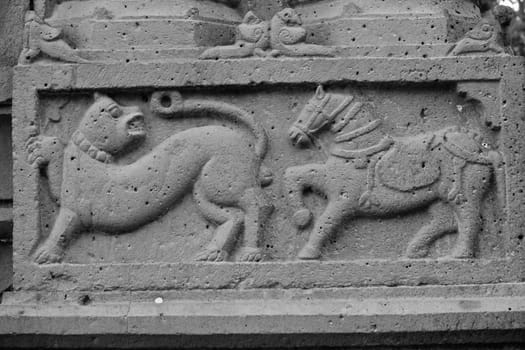

Changwateshwar Temple near Saswad, Maharashtra, India
Stock PhotoUsername
yandsResolution
5184x3456pxChangwateshwar Temple near Saswad, Maharashtra, India
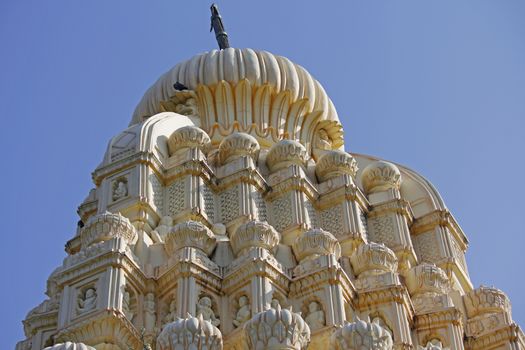
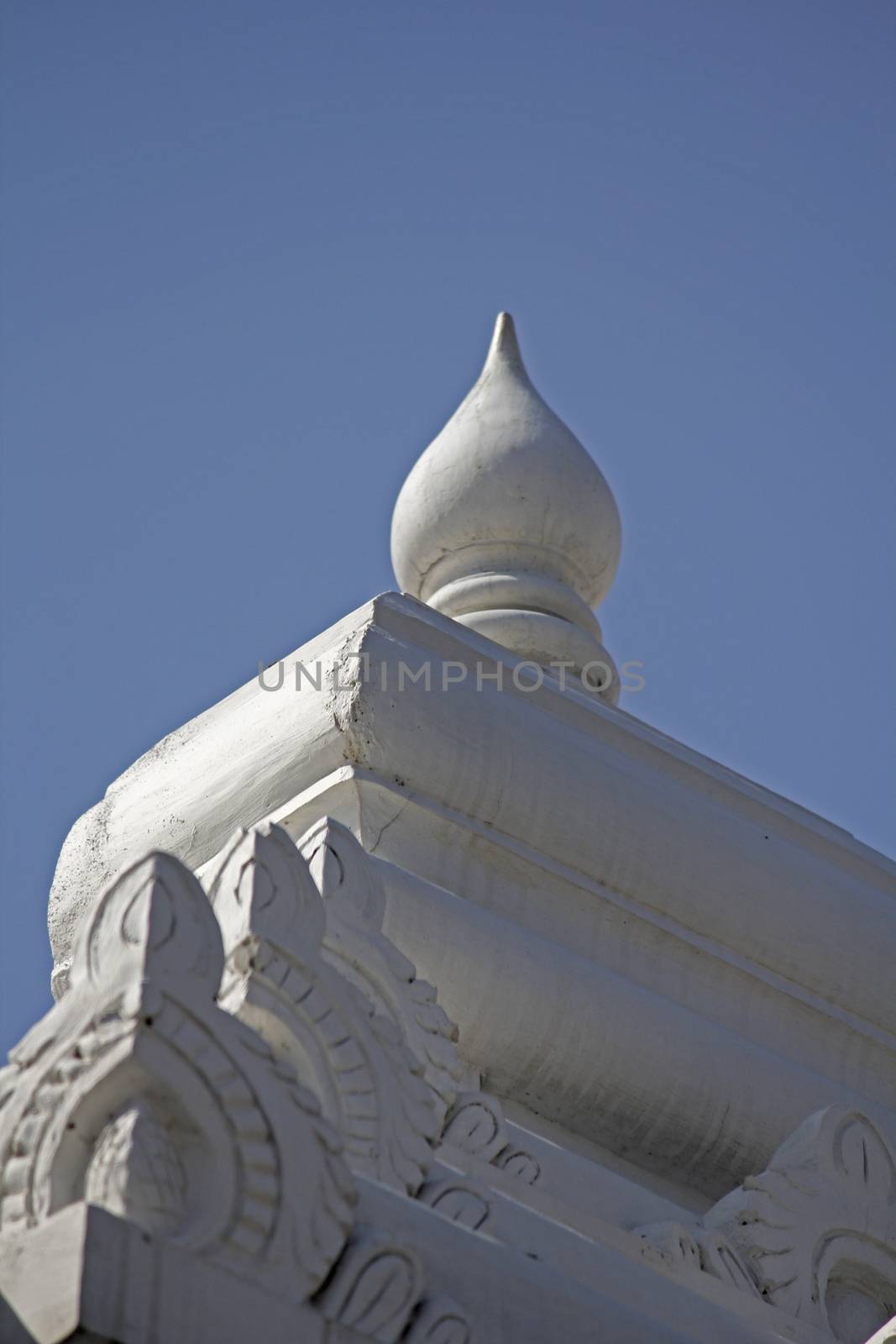
Shrinath Mhaskoba Temple, Kodit, Sasvad, Maharashtra, India.
Stock PhotoUsername
yandsResolution
3456x5184pxShrinath Mhaskoba Temple, Kodit, Sasvad, Maharashtra, India.


Old Stone carving at Changwateshwar Temple near Saswad, Maharash
Stock PhotoUsername
yandsResolution
5184x3456pxOld Stone carving at Changwateshwar Temple near Saswad, Maharash
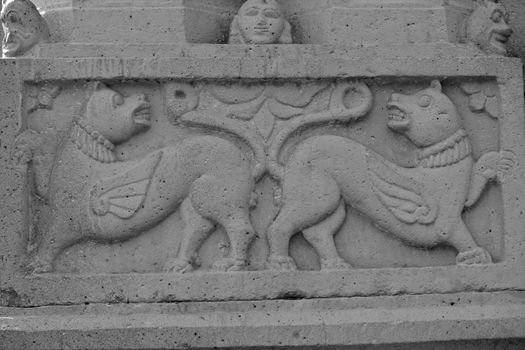
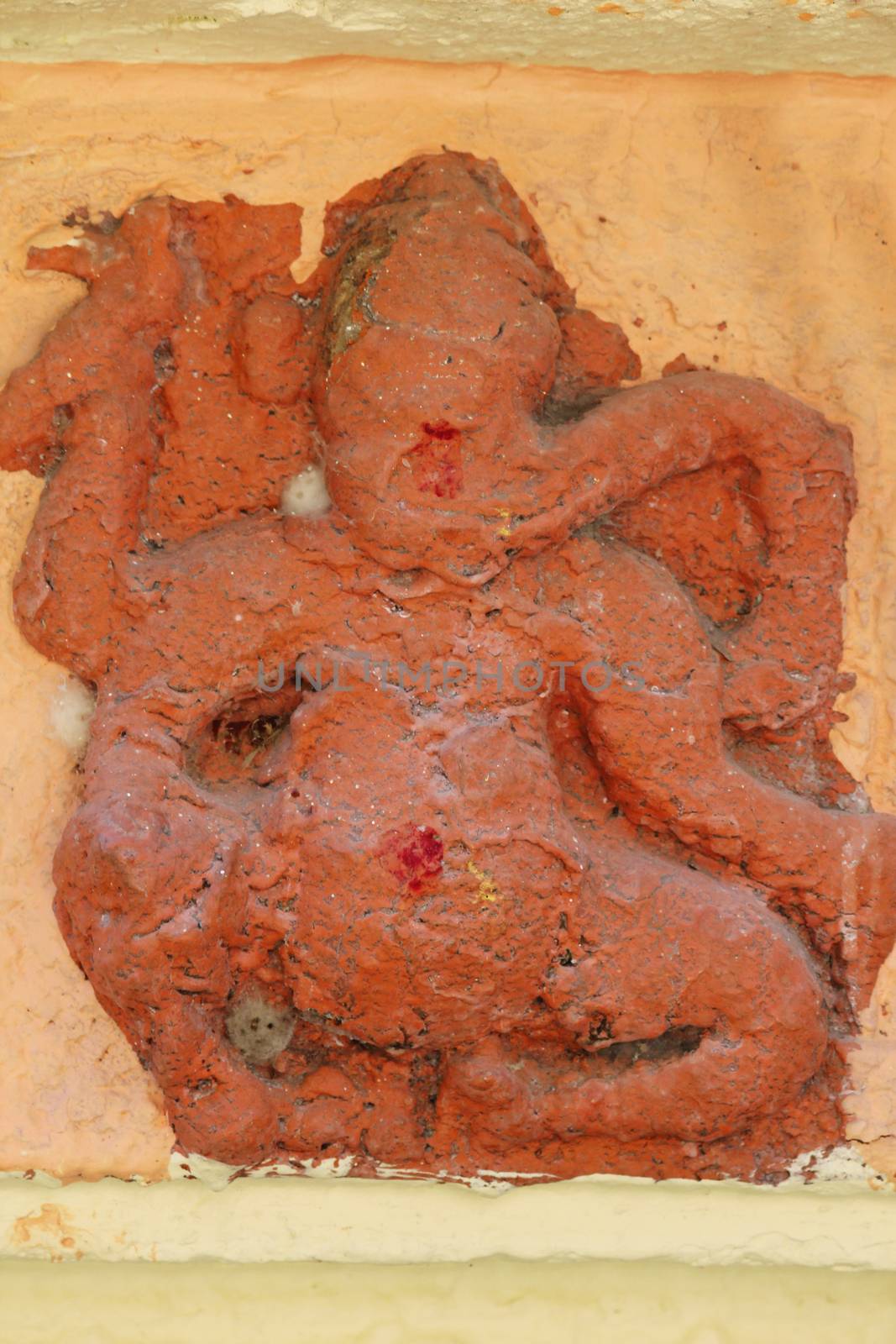
Sculpture of Lord Gajanana
Stock PhotoUsername
yandsResolution
3456x5184pxSculpture of Lord Gajanana

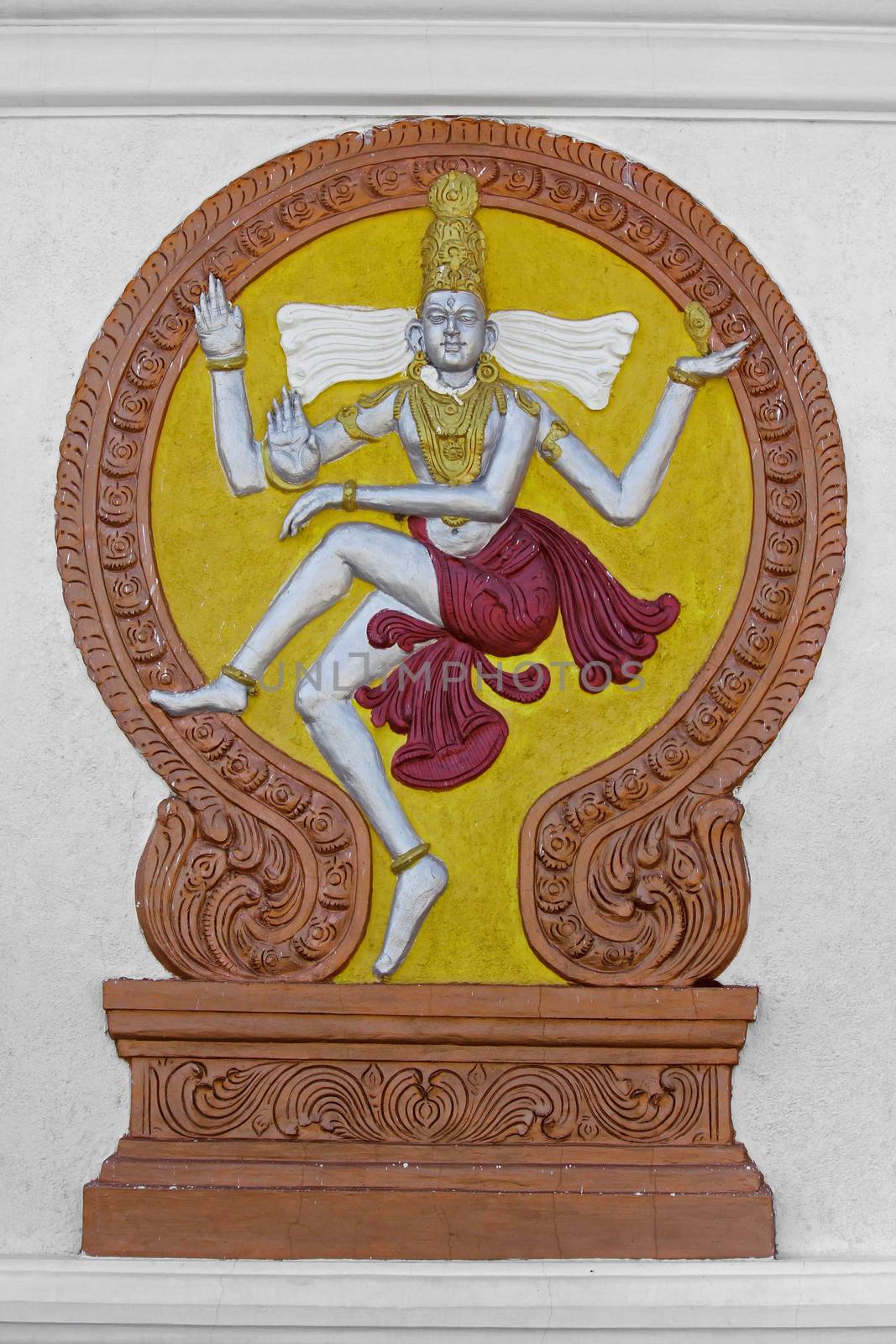
Sculpture of Nataraja
Stock PhotoUsername
yandsResolution
3456x5184pxSculpture of Nataraja

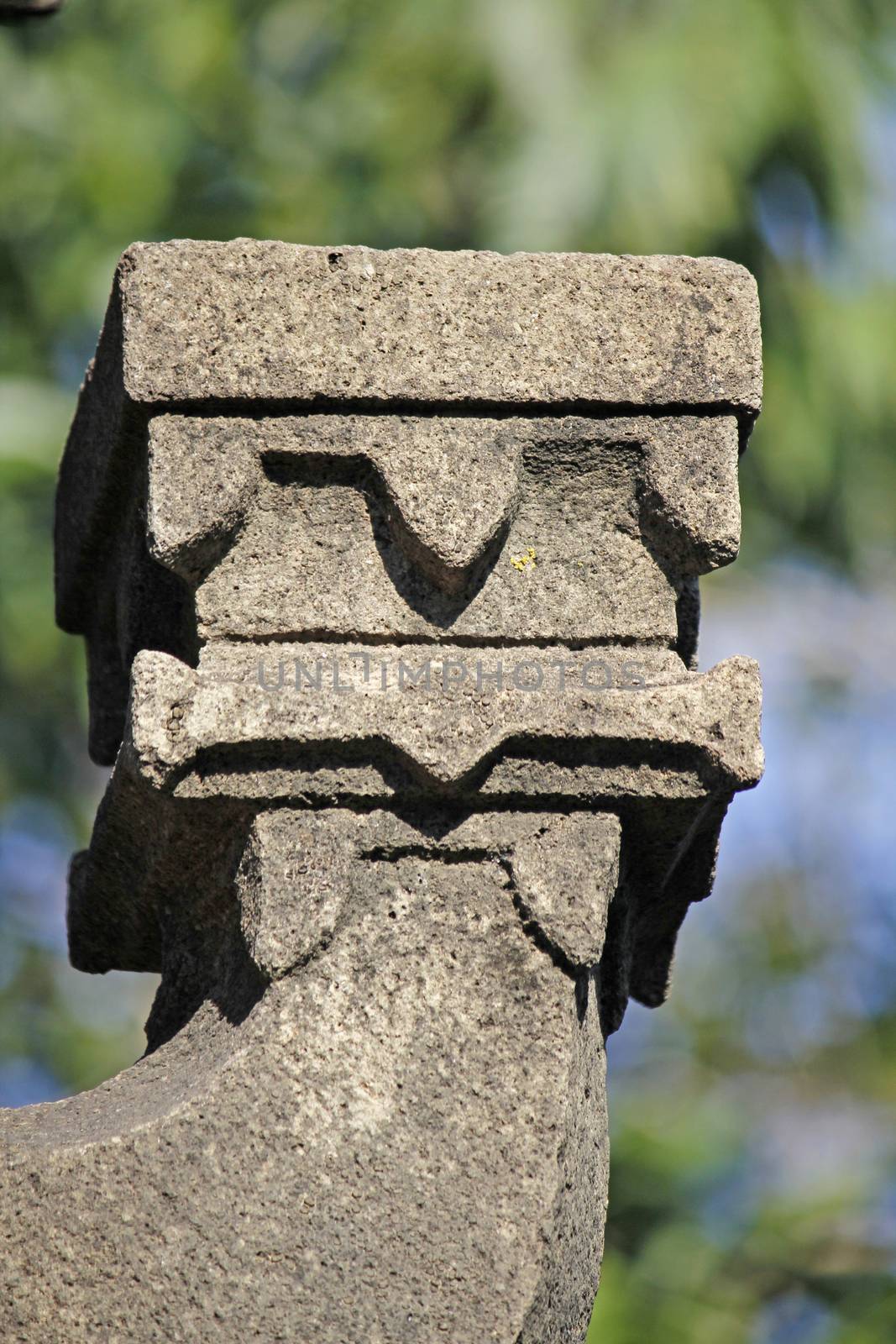
Close up of Deepmala (Light pillar)
Stock PhotoUsername
yandsResolution
3456x5184pxClose up of Deepmala (Light pillar)

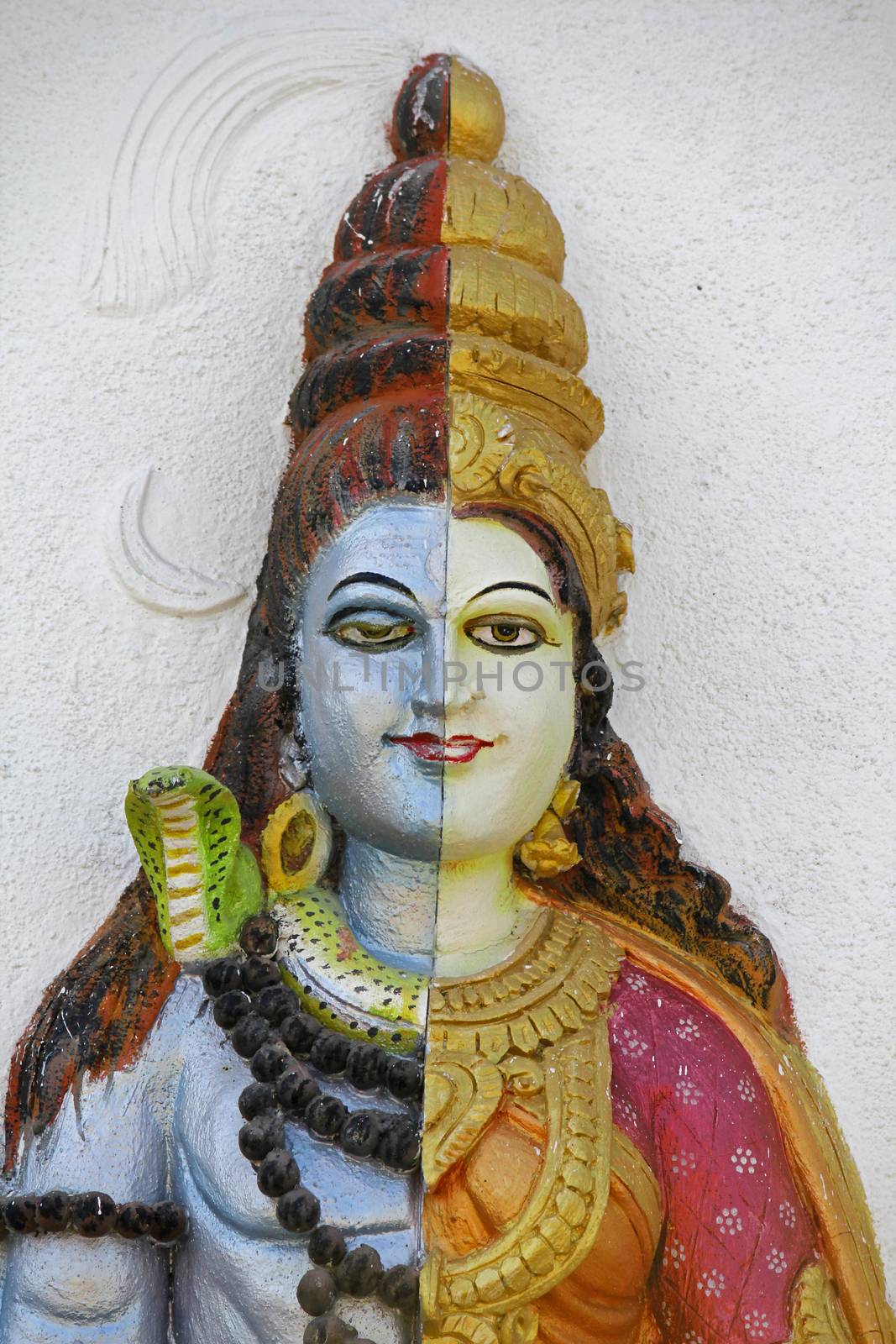
Statue of Ardhanari Nateshwar
Stock PhotoUsername
yandsResolution
3456x5184pxStatue of Ardhanari Nateshwar


Deepmala (Light pillar) at Changwateshwar Temple near Saswad, Ma
Stock PhotoUsername
yandsResolution
3456x5184pxDeepmala (Light pillar) at Changwateshwar Temple near Saswad, Ma
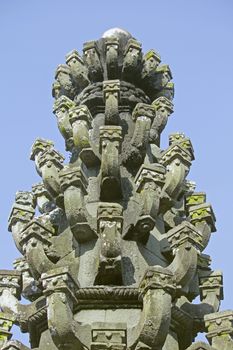
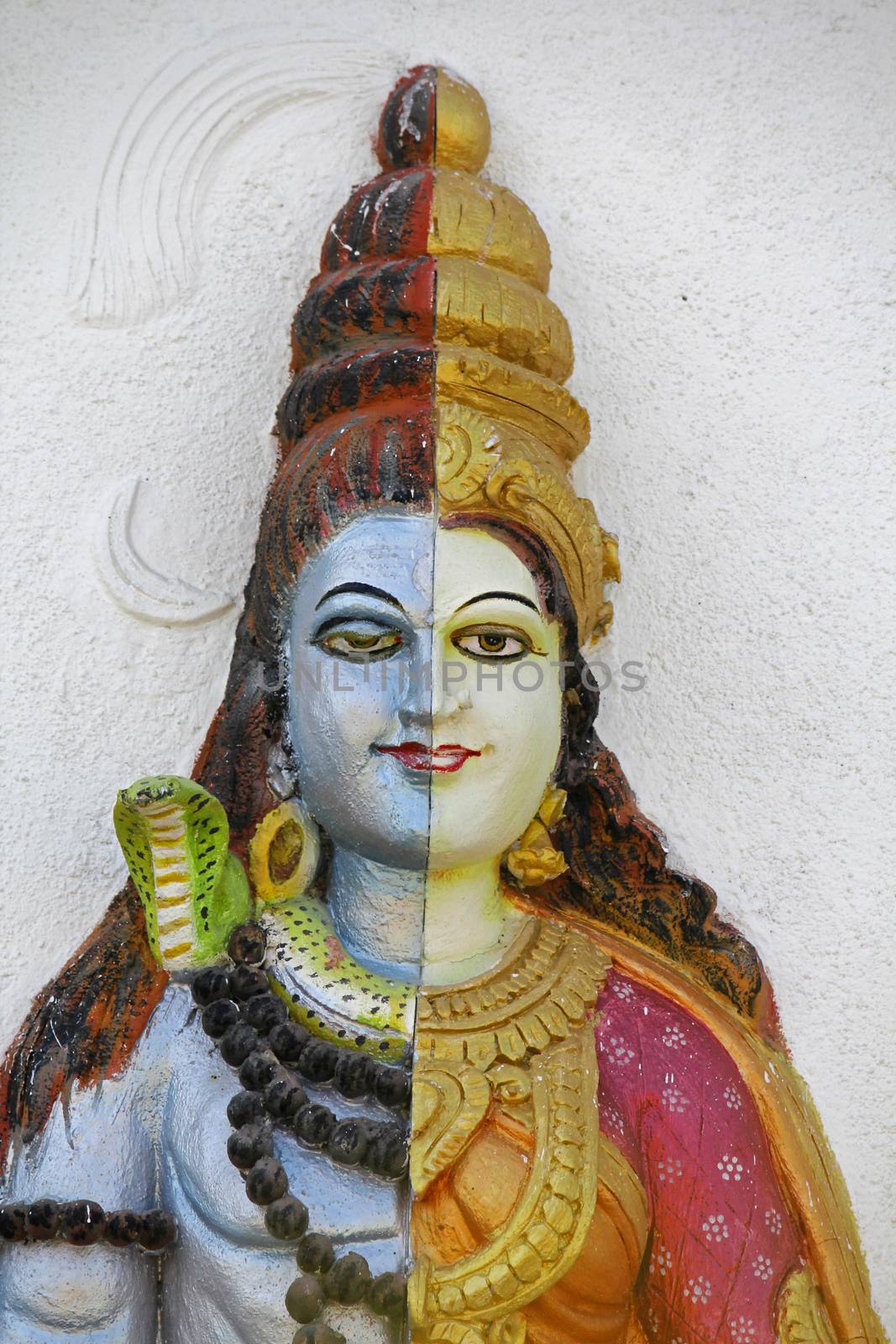
Statue of Ardhanari Nateshwar
Stock PhotoUsername
yandsResolution
3456x5184pxStatue of Ardhanari Nateshwar

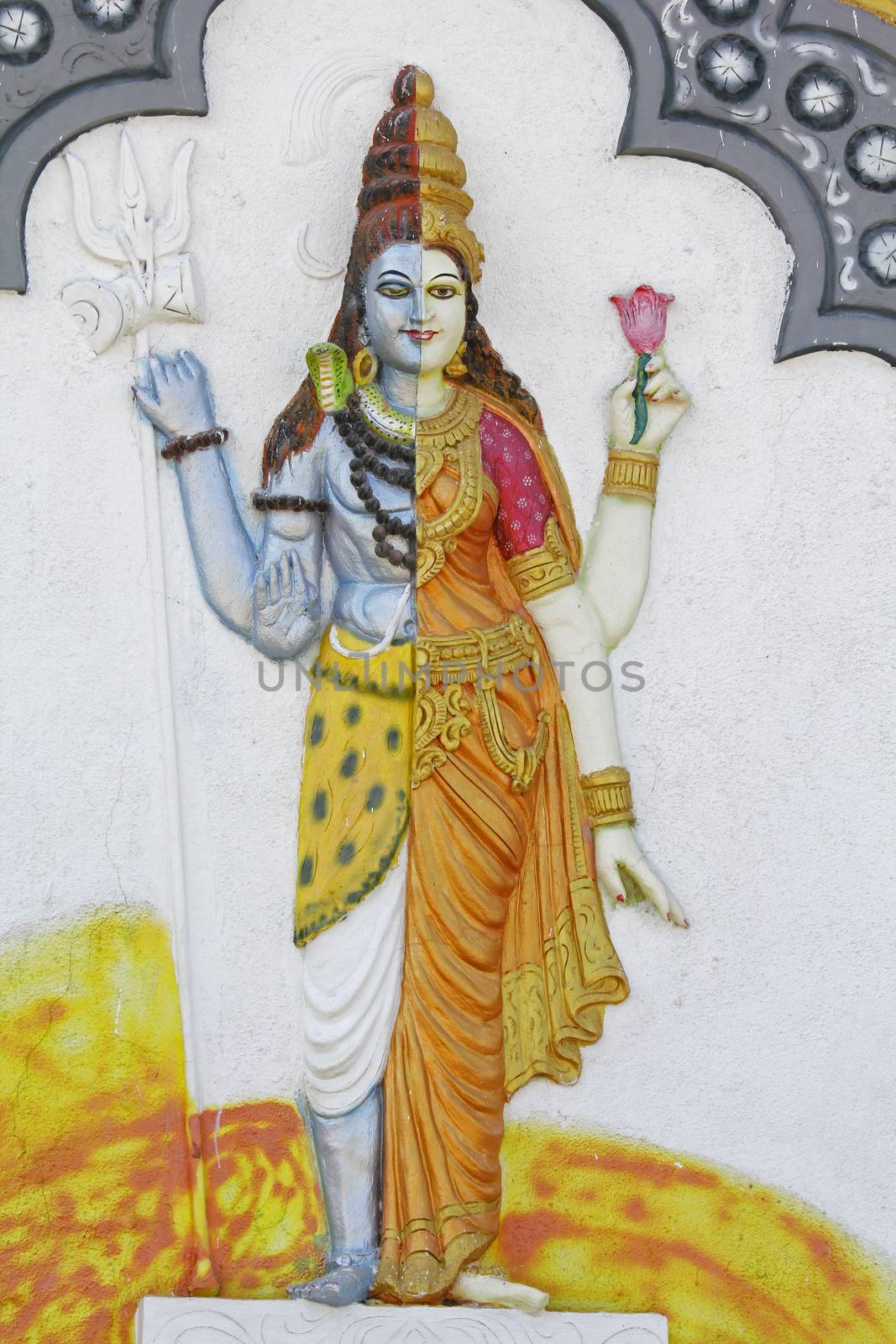
Statue of Ardhanari Nateshwar
Stock PhotoUsername
yandsResolution
3456x5184pxStatue of Ardhanari Nateshwar

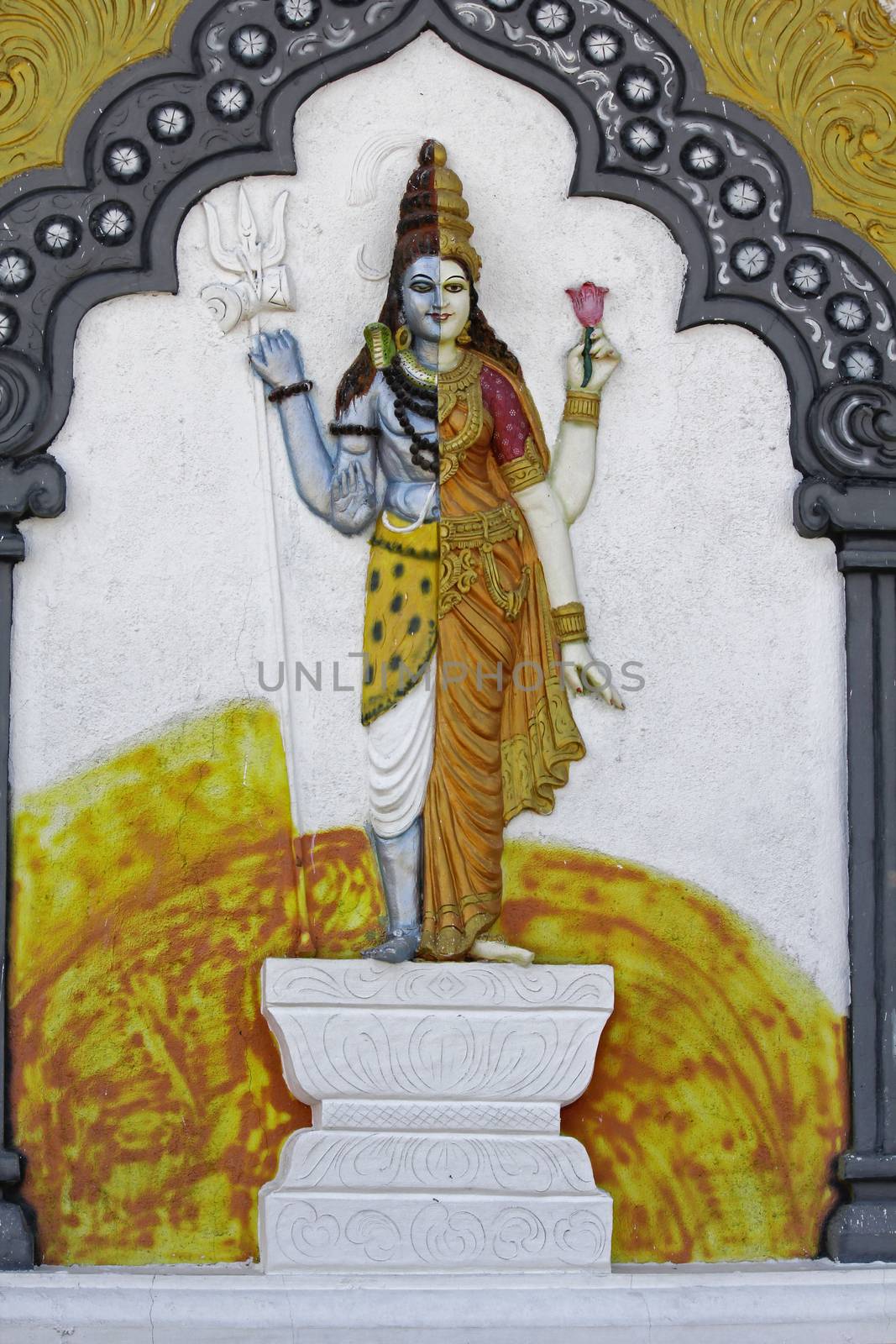
Statue of Ardhanari Nateshwar
Stock PhotoUsername
yandsResolution
3456x5184pxStatue of Ardhanari Nateshwar

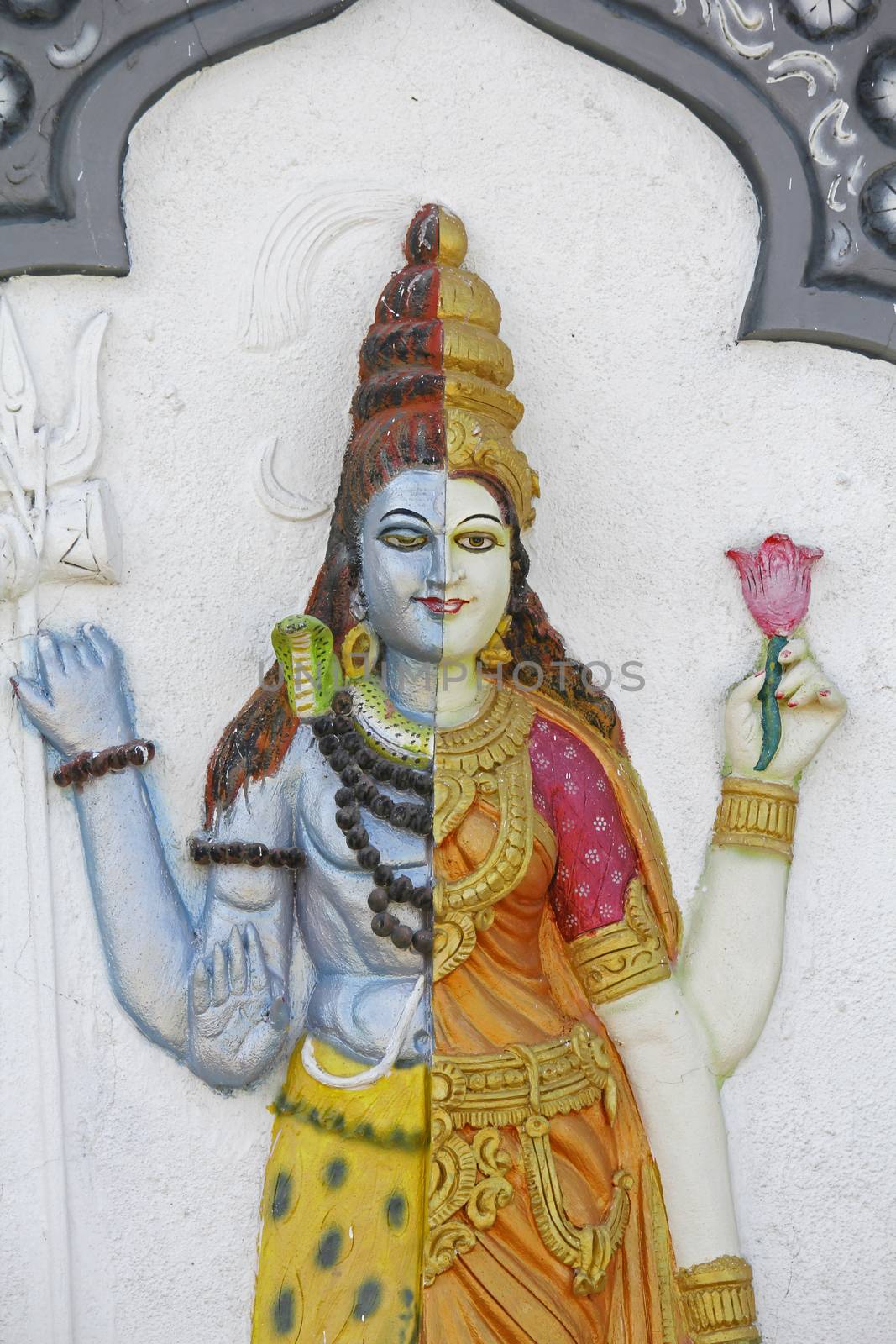
Statue of Ardhanari Nateshwar
Stock PhotoUsername
yandsResolution
3456x5184pxStatue of Ardhanari Nateshwar


Flower Stone carving at Changwateshwar Temple near Saswad, Mahar
Stock PhotoUsername
yandsResolution
5184x3456pxFlower Stone carving at Changwateshwar Temple near Saswad, Mahar
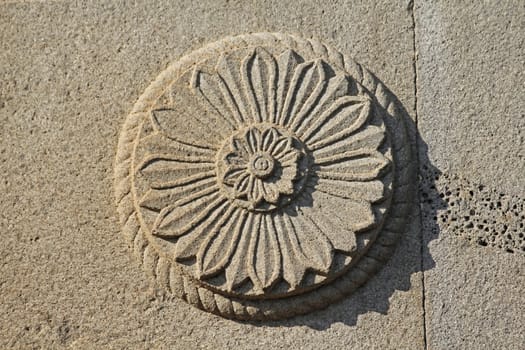
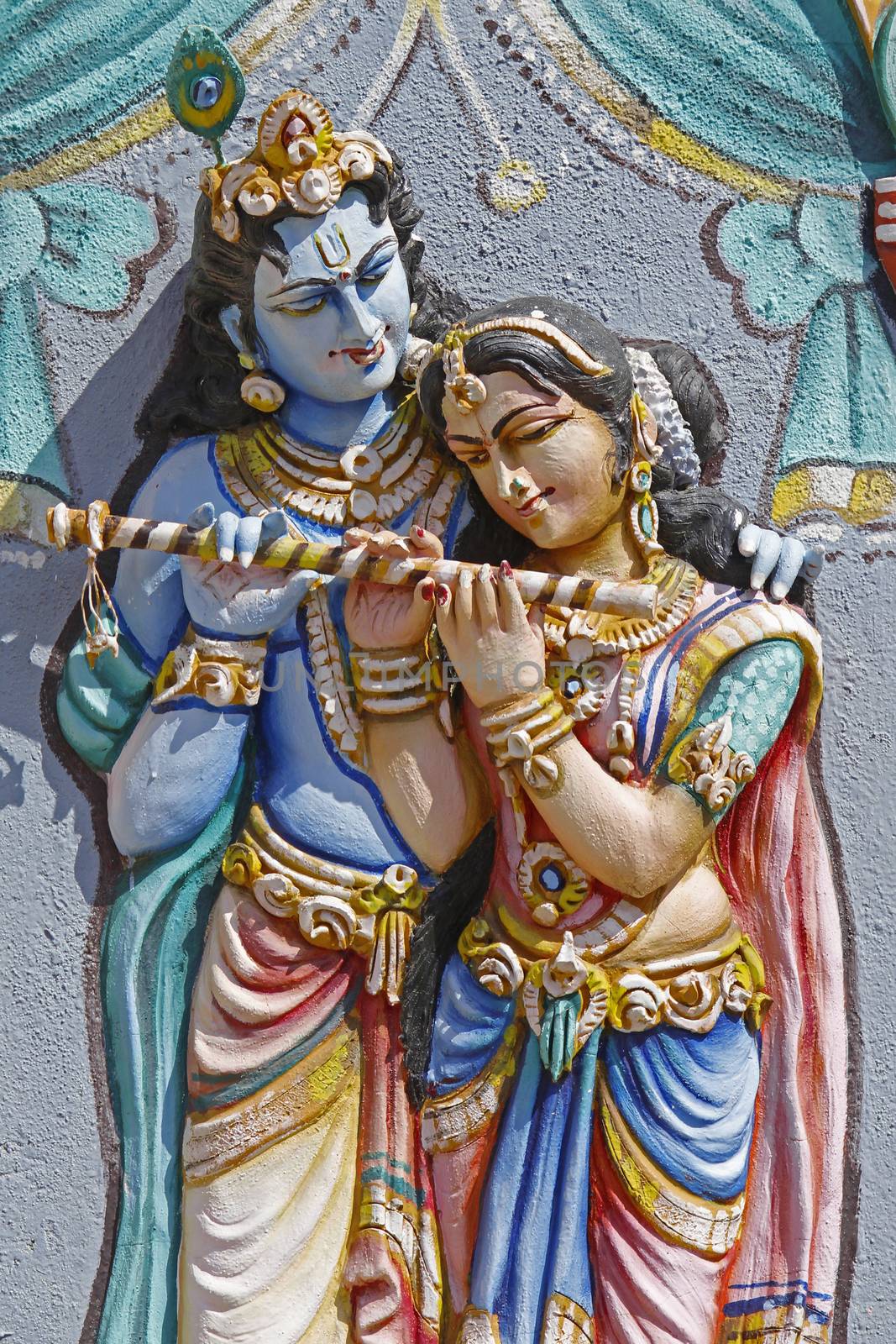
Sculpture of Radha Krishna
Stock PhotoUsername
yandsResolution
3456x5184pxSculpture of Radha Krishna


Sculpture of Radha Krishna
Stock PhotoUsername
yandsResolution
3456x5184pxSculpture of Radha Krishna
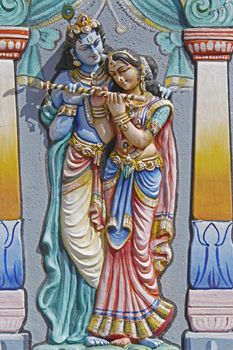
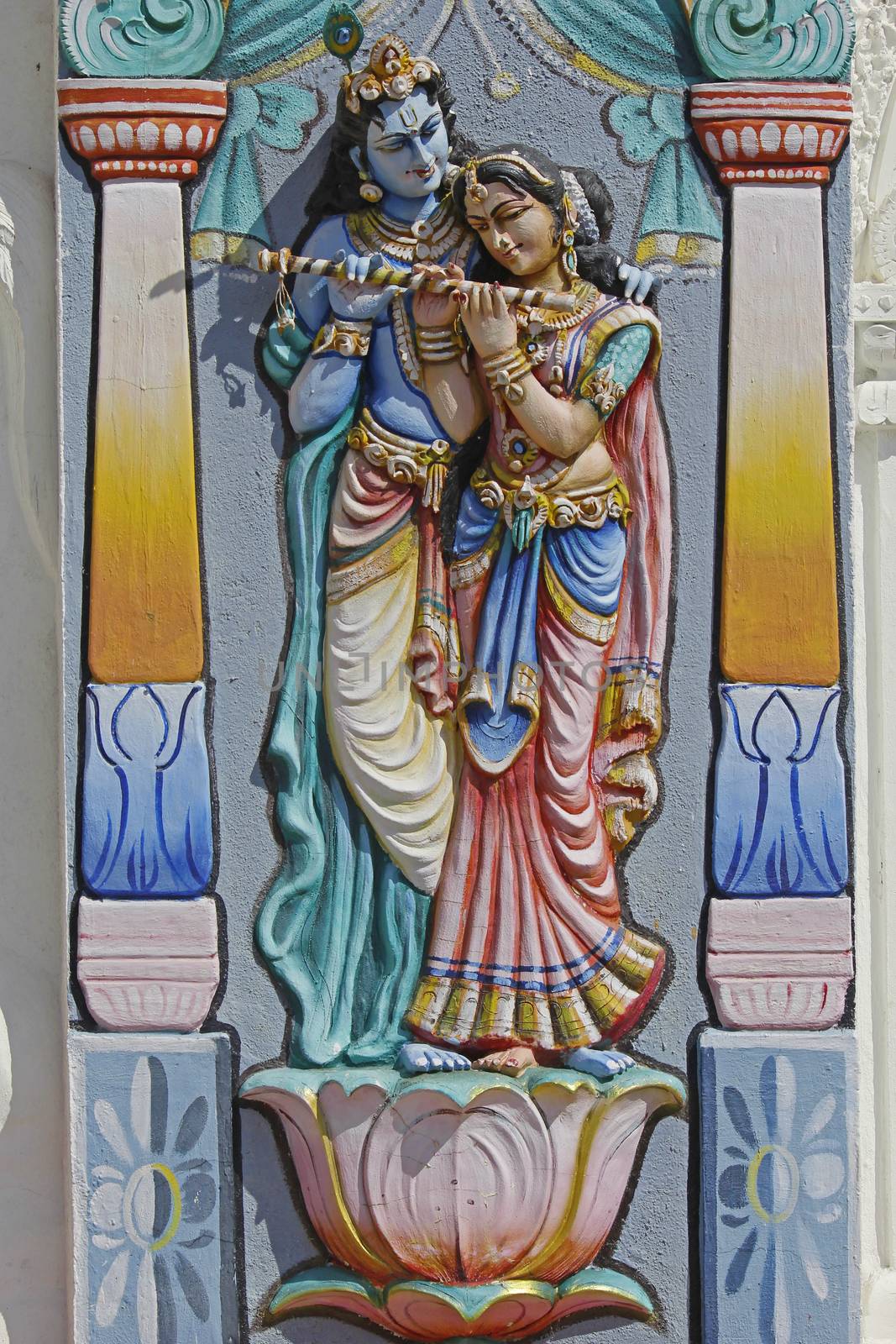
Sculpture of Radha Krishna
Stock PhotoUsername
yandsResolution
3456x5184pxSculpture of Radha Krishna


Orange Hindu temple flag in the breeze
Stock PhotoUsername
yandsResolution
3456x5184pxOrange Hindu temple flag in the breeze
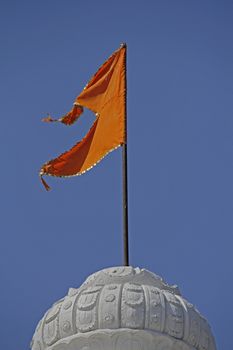

Sculpture of Radha Krishna
Stock PhotoUsername
yandsResolution
3456x5184pxSculpture of Radha Krishna
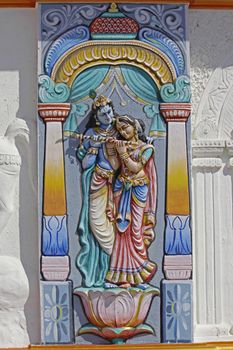
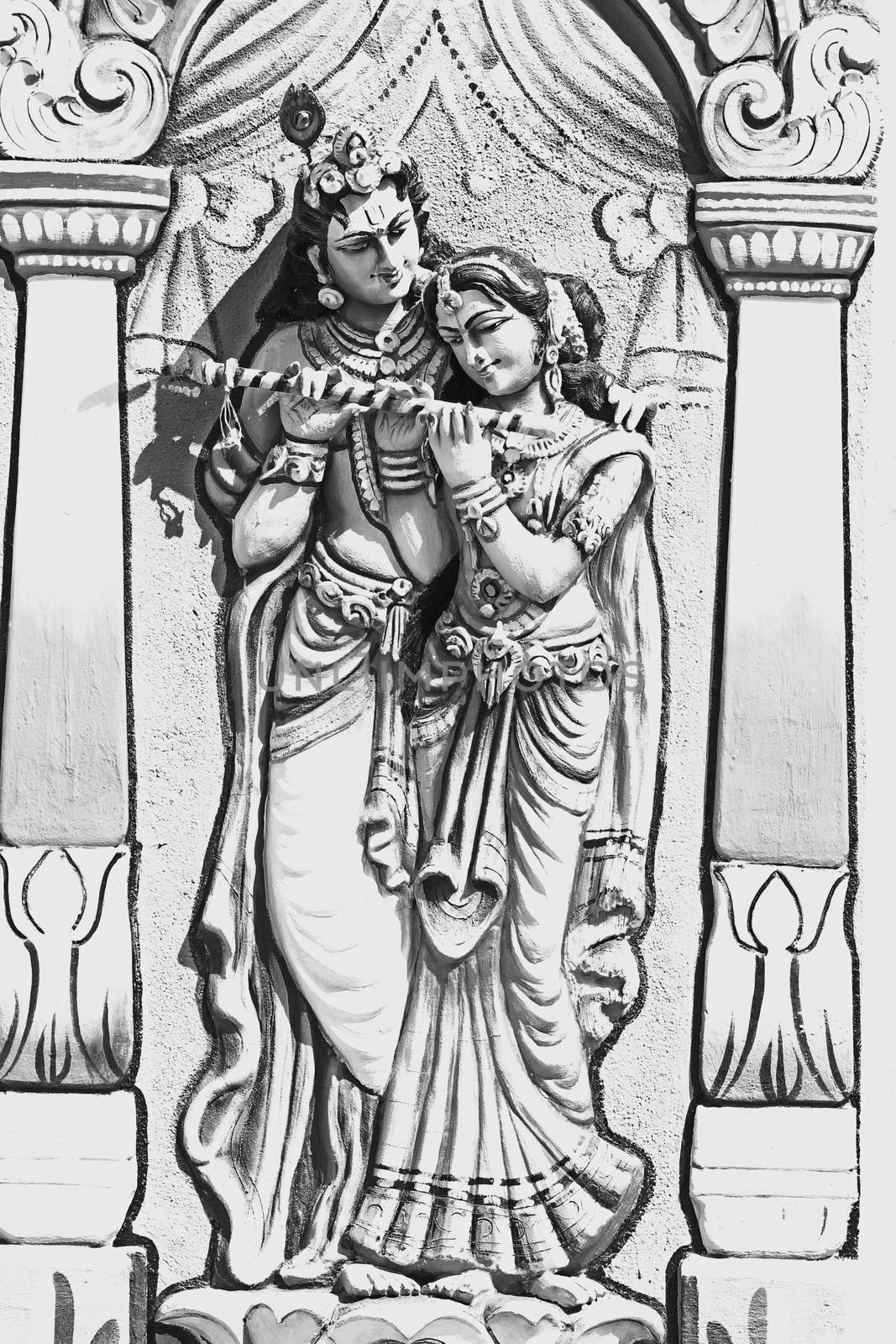
Sculpture of Radha Krishna
Stock PhotoUsername
yandsResolution
3456x5184pxSculpture of Radha Krishna

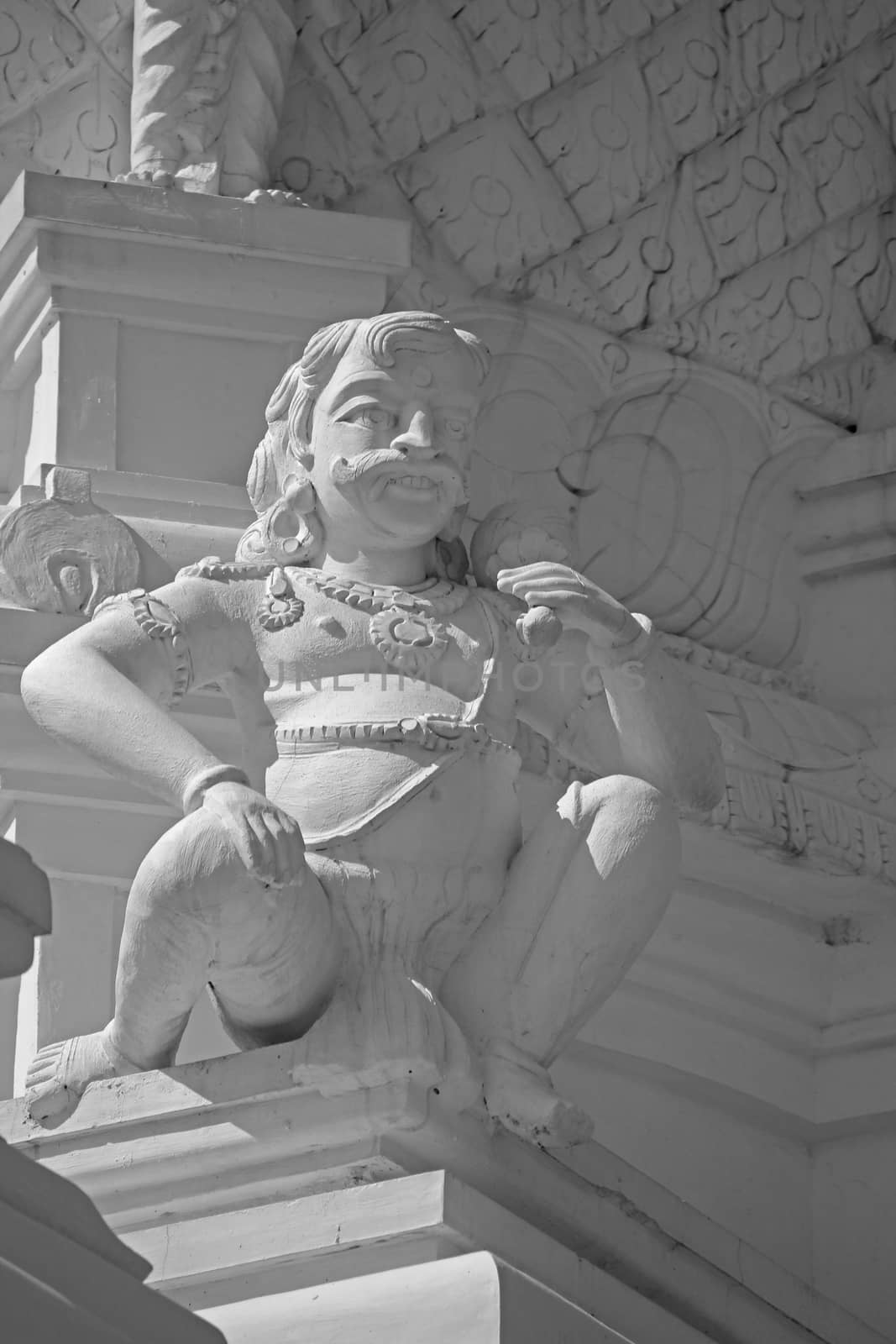
Sculpture at Shrinath Mhaskoba Temple, Kodit, Sasvad, Maharashtr
Stock PhotoUsername
yandsResolution
3456x5184pxSculpture at Shrinath Mhaskoba Temple, Kodit, Sasvad, Maharashtr

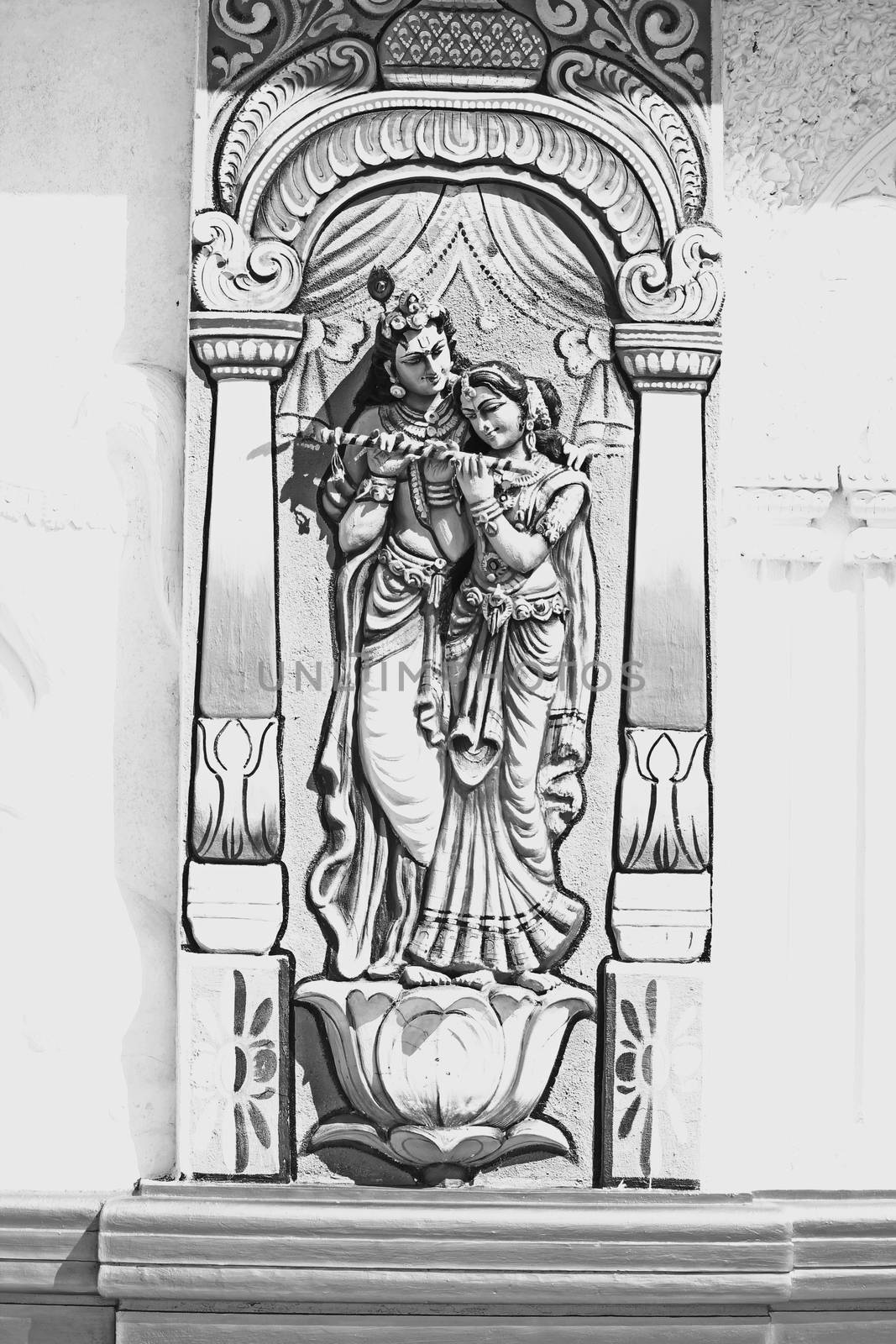
Sculpture of Radha Krishna
Stock PhotoUsername
yandsResolution
3456x5184pxSculpture of Radha Krishna


Sculpture of Radha Krishna
Stock PhotoUsername
yandsResolution
5184x3456pxSculpture of Radha Krishna
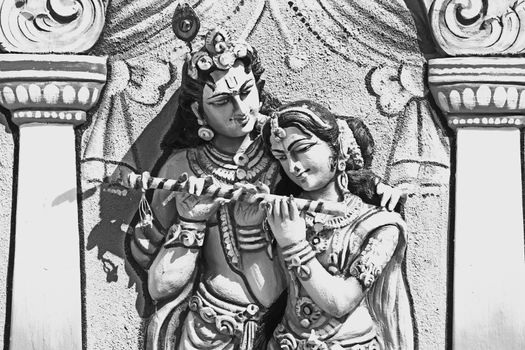

Designed Part, Carving at Shrinath Mhaskoba Temple, Kodit, Sasva
Stock PhotoUsername
yandsResolution
5184x3456pxDesigned Part, Carving at Shrinath Mhaskoba Temple, Kodit, Sasva
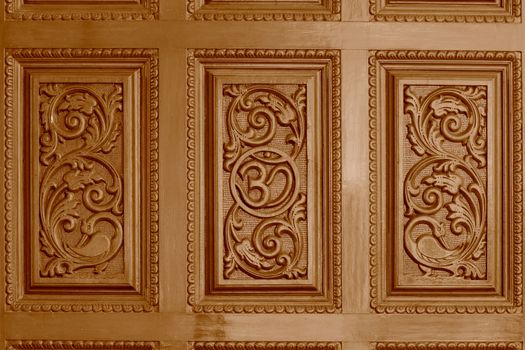
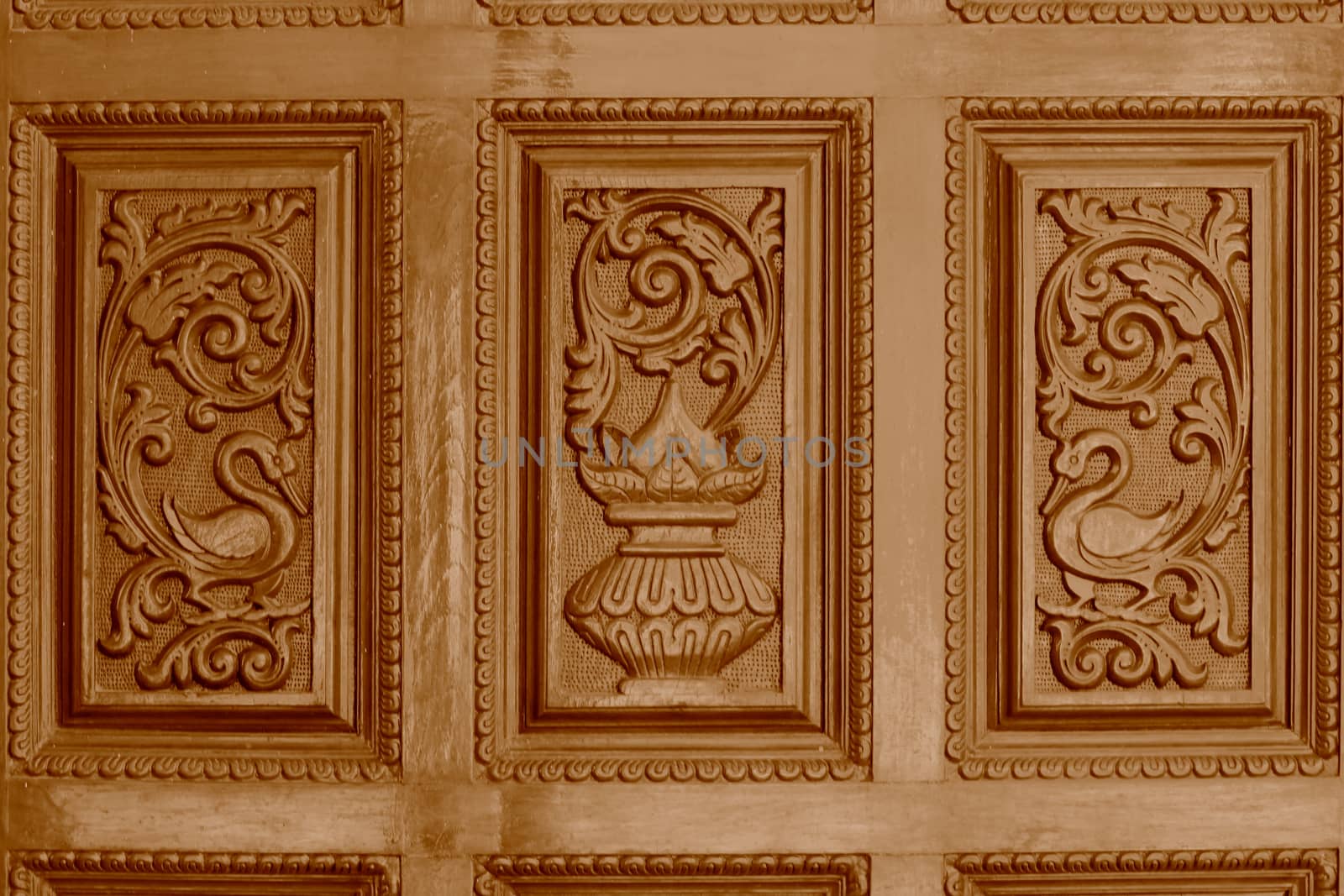
Designed Part, Carving at Shrinath Mhaskoba Temple, Kodit, Sasva
Stock PhotoUsername
yandsResolution
5184x3456pxDesigned Part, Carving at Shrinath Mhaskoba Temple, Kodit, Sasva

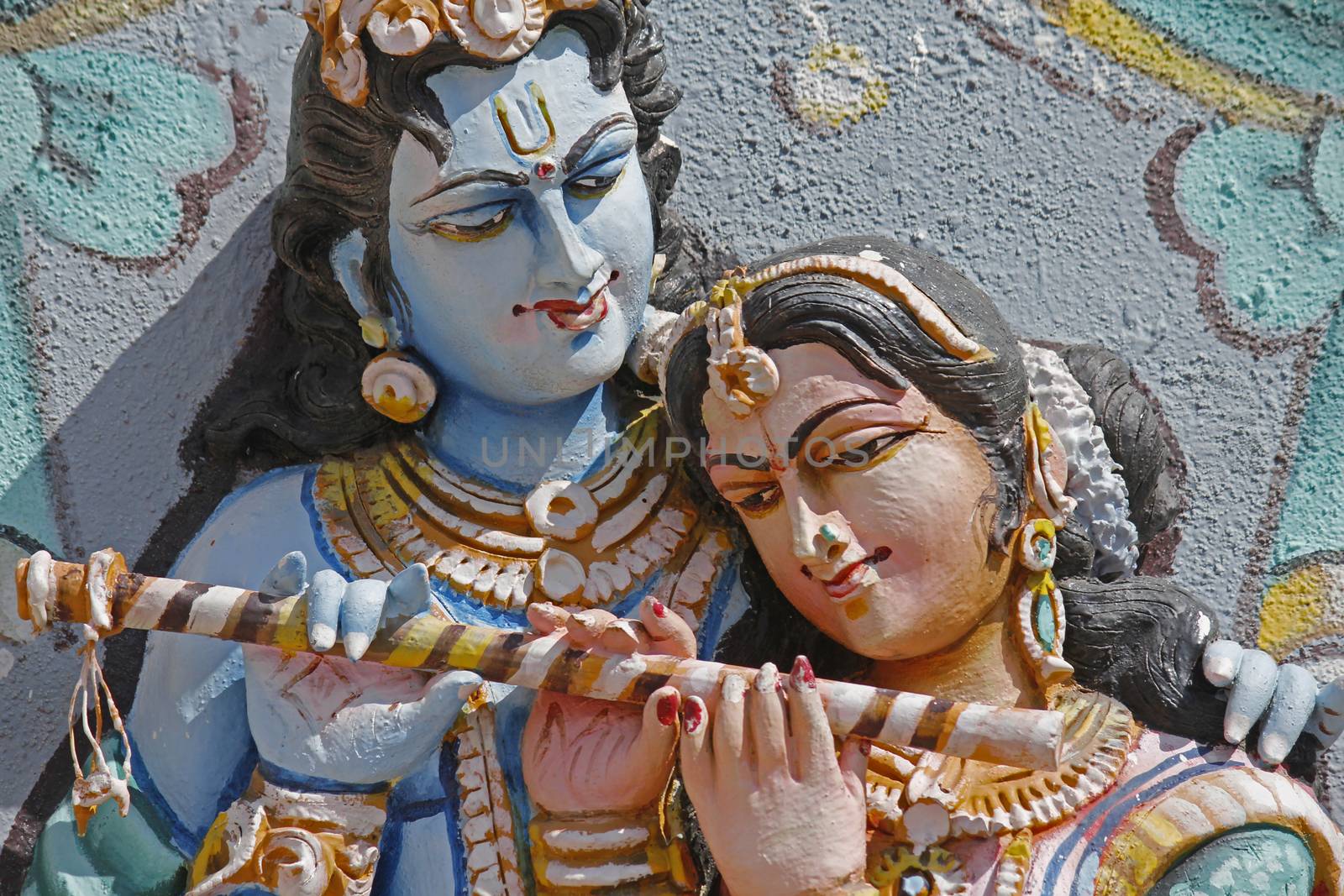
Sculpture of Radha Krishna
Stock PhotoUsername
yandsResolution
5184x3456pxSculpture of Radha Krishna


Designed Part, Carving at Shrinath Mhaskoba Temple, Kodit, Sasva
Stock PhotoUsername
yandsResolution
5184x3456pxDesigned Part, Carving at Shrinath Mhaskoba Temple, Kodit, Sasva
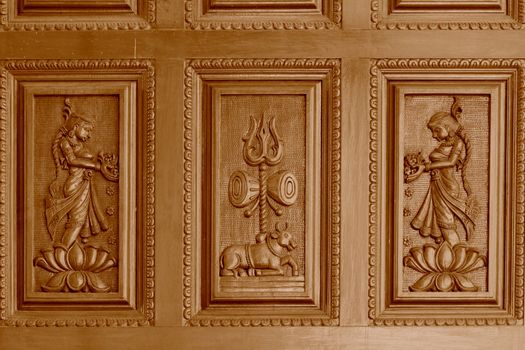

Designed Pillars at Shrinath Mhaskoba Temple, Kodit, Sasvad, Mah
Stock PhotoUsername
yandsResolution
5184x3456pxDesigned Pillars at Shrinath Mhaskoba Temple, Kodit, Sasvad, Mah
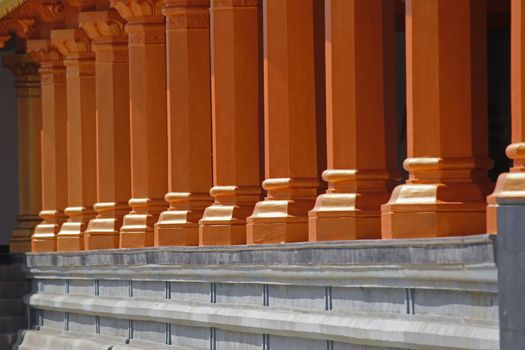

Designed Pillars at Shrinath Mhaskoba Temple, Kodit, Sasvad, Mah
Stock PhotoUsername
yandsResolution
5184x3456pxDesigned Pillars at Shrinath Mhaskoba Temple, Kodit, Sasvad, Mah
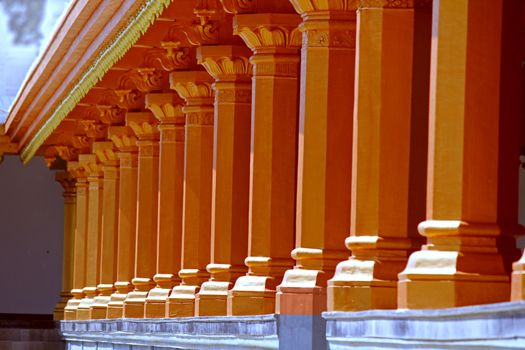
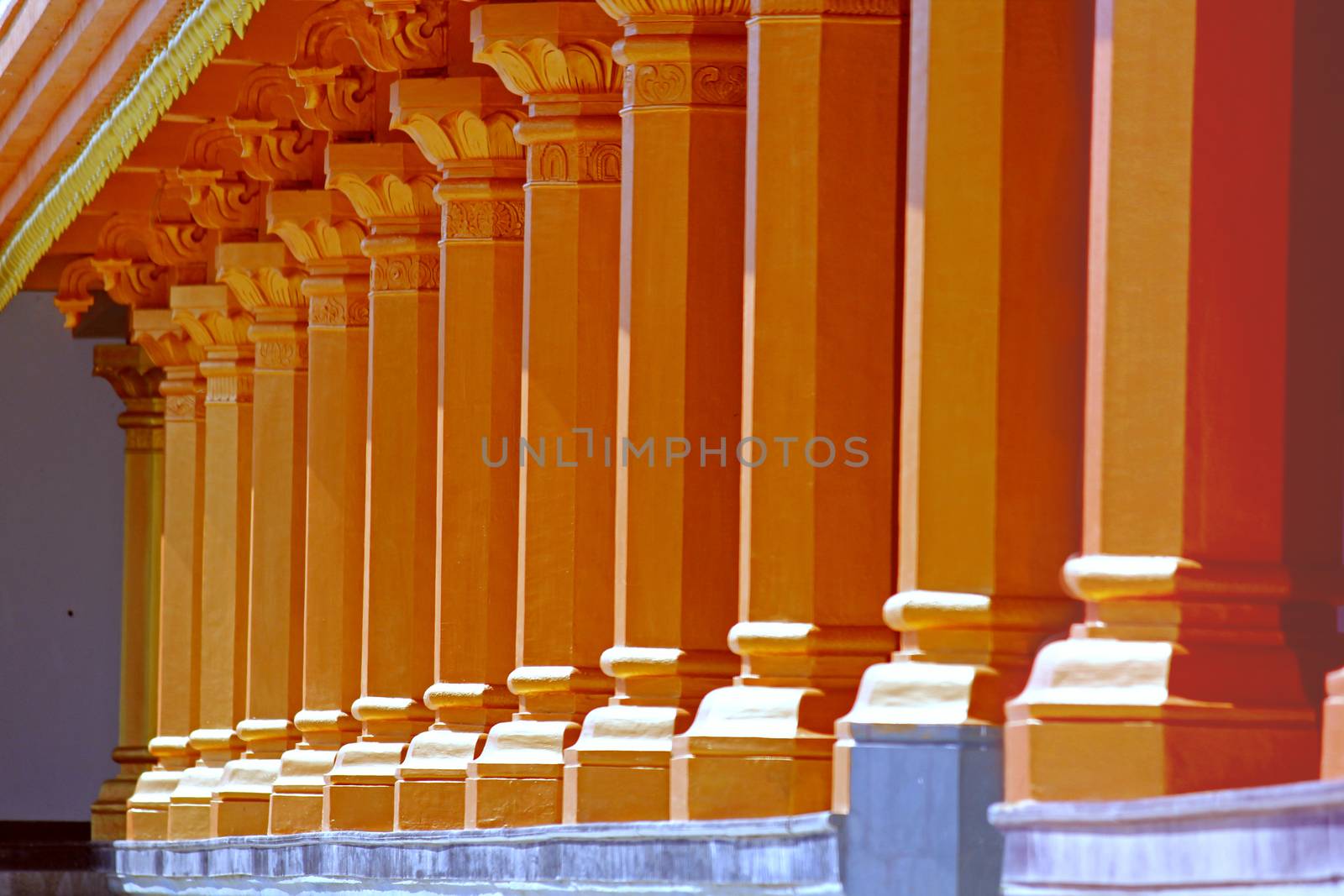
Designed Pillars at Shrinath Mhaskoba Temple, Kodit, Sasvad, Mah
Stock PhotoUsername
yandsResolution
5184x3456pxDesigned Pillars at Shrinath Mhaskoba Temple, Kodit, Sasvad, Mah

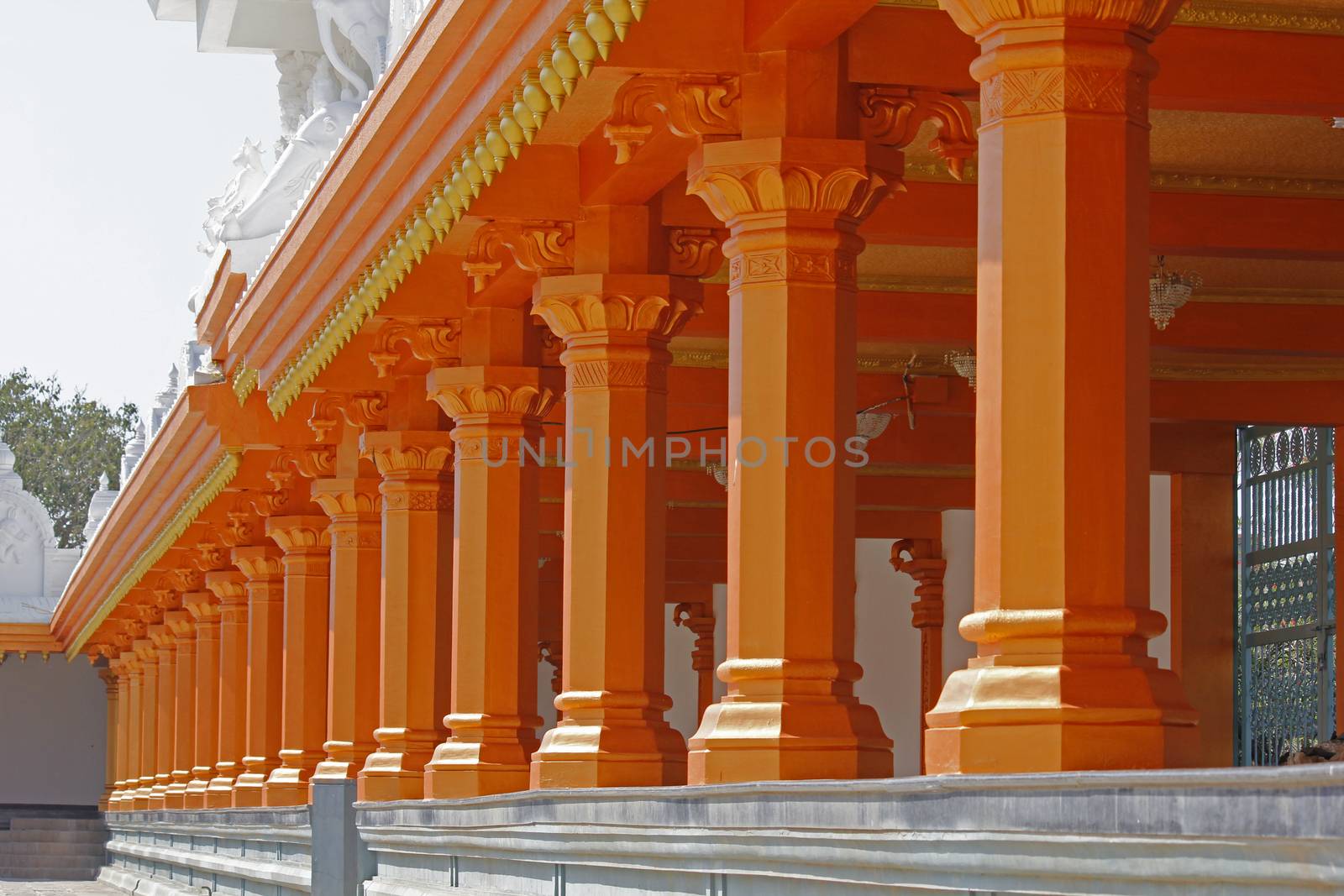
Designed Pillars at Shrinath Mhaskoba Temple, Kodit, Sasvad, Mah
Stock PhotoUsername
yandsResolution
5184x3456pxDesigned Pillars at Shrinath Mhaskoba Temple, Kodit, Sasvad, Mah


Sculpture of Radha Krishna
Stock PhotoUsername
yandsResolution
5184x3456pxSculpture of Radha Krishna
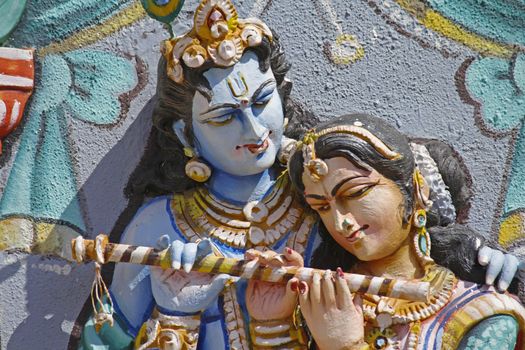
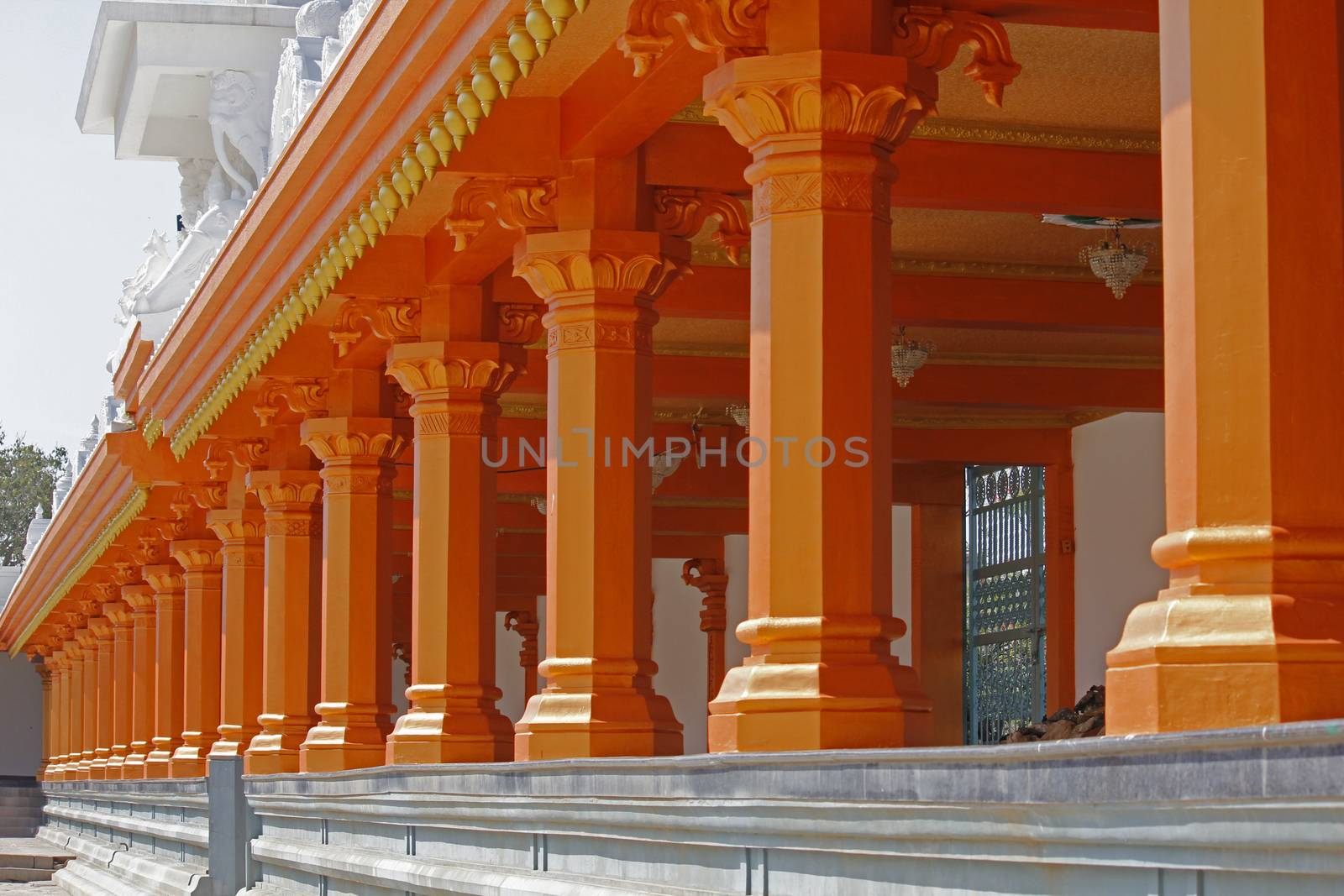
Designed Pillars at Shrinath Mhaskoba Temple, Kodit, Sasvad, Mah
Stock PhotoUsername
yandsResolution
5184x3456pxDesigned Pillars at Shrinath Mhaskoba Temple, Kodit, Sasvad, Mah


Sculpture at Shrinath Mhaskoba Temple, Kodit, Sasvad, Maharashtr
Stock PhotoUsername
yandsResolution
3456x5184pxSculpture at Shrinath Mhaskoba Temple, Kodit, Sasvad, Maharashtr
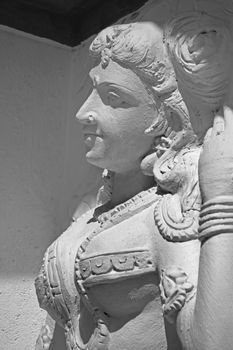

Sculpture at Shrinath Mhaskoba Temple, Kodit, Sasvad, Maharashtr
Stock PhotoUsername
yandsResolution
3456x5184pxSculpture at Shrinath Mhaskoba Temple, Kodit, Sasvad, Maharashtr
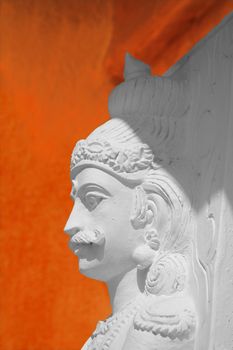

Sculpture at Shrinath Mhaskoba Temple, Kodit, Sasvad, Maharashtr
Stock PhotoUsername
yandsResolution
3456x5184pxSculpture at Shrinath Mhaskoba Temple, Kodit, Sasvad, Maharashtr
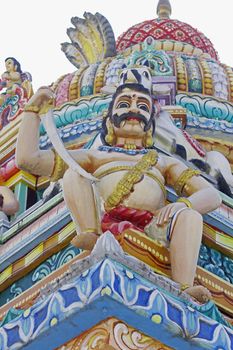

Sculpture of Lord Shiva
Stock PhotoUsername
yandsResolution
3456x5184pxSculpture of Lord Shiva
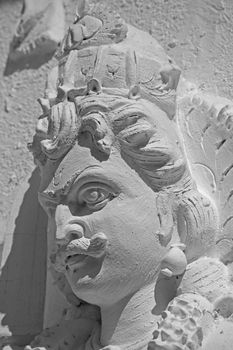

Sculpture of Cow with Calf
Stock PhotoUsername
yandsResolution
5184x3456pxSculpture of Cow with Calf
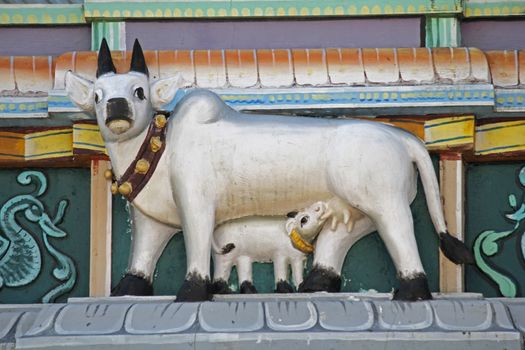

Sculpture of Demon
Stock PhotoUsername
yandsResolution
3456x5184pxSculpture of Demon
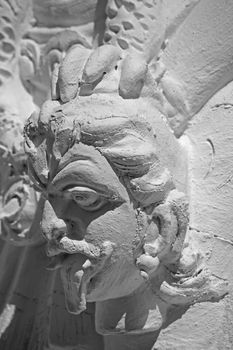

Sculpture of Lord Shiva
Stock PhotoUsername
yandsResolution
3456x5184pxSculpture of Lord Shiva
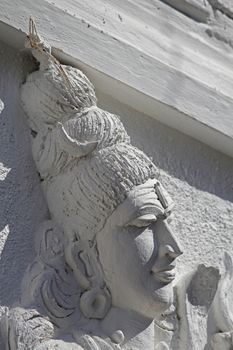

Sculpture of Lord Shiva
Stock PhotoUsername
yandsResolution
3456x5184pxSculpture of Lord Shiva
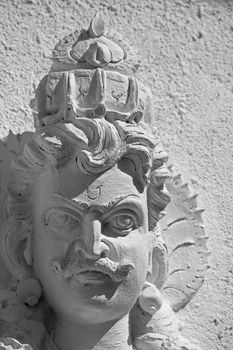
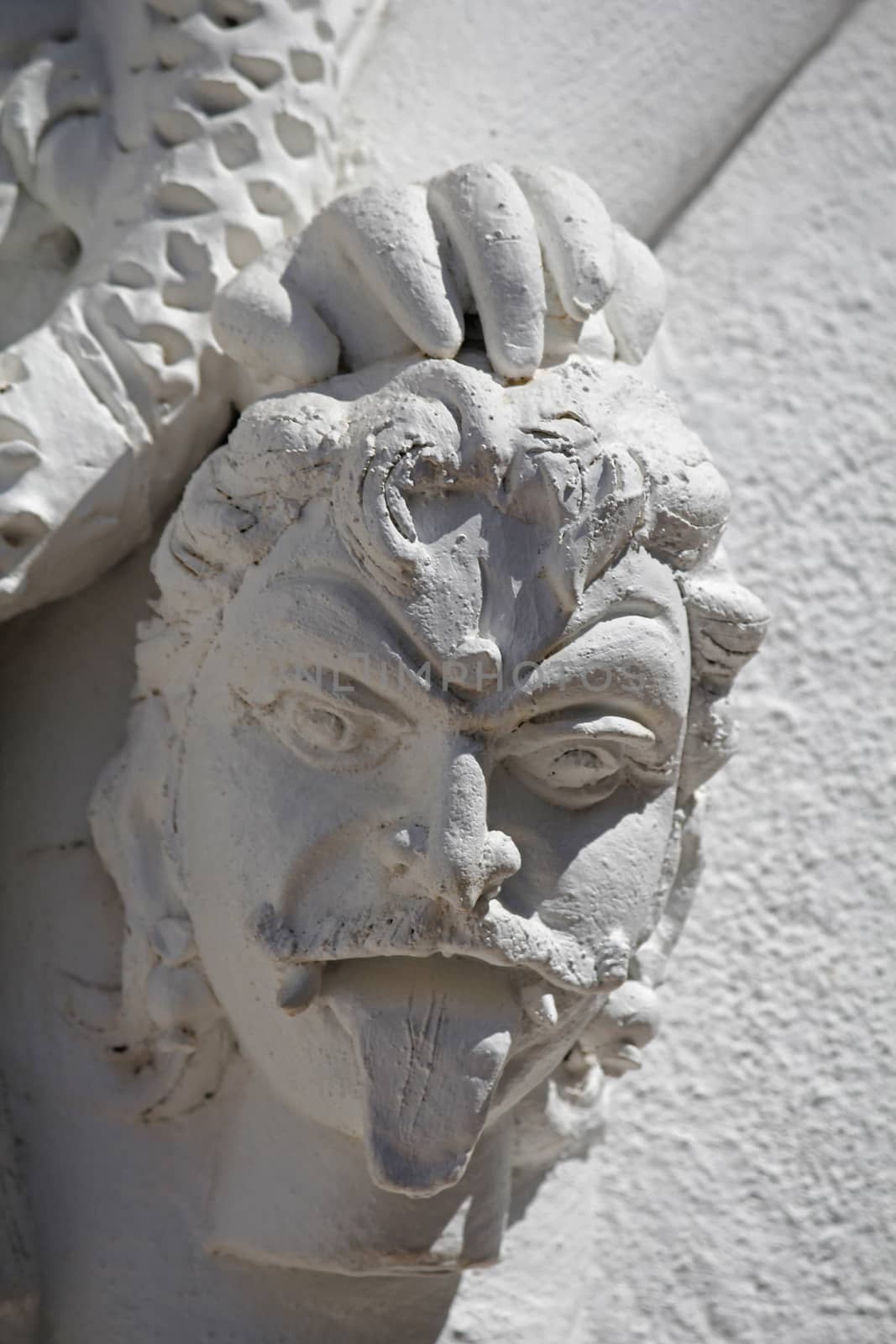
Sculpture of Demon
Stock PhotoUsername
yandsResolution
3456x5184pxSculpture of Demon

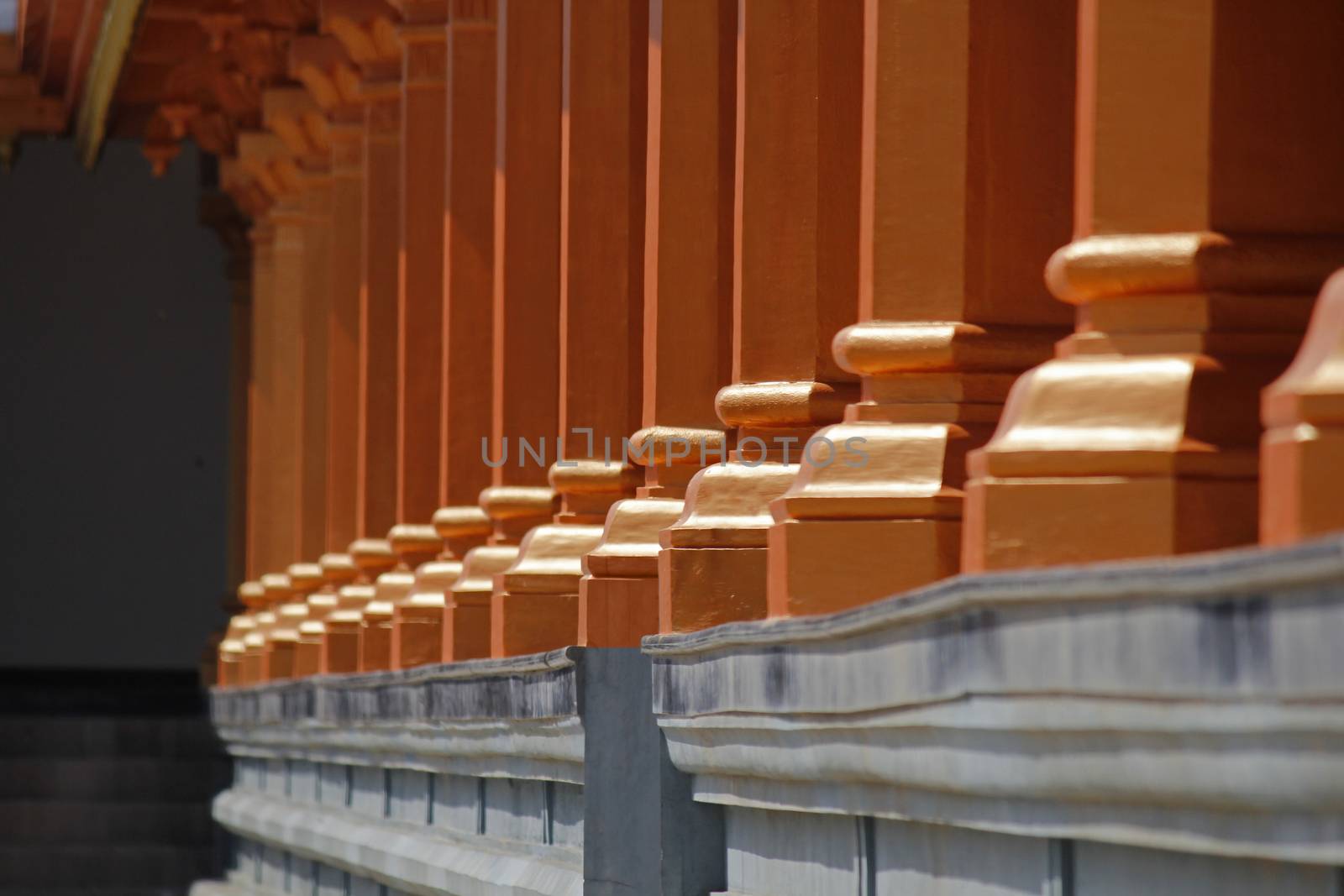
Designed Pillars at Shrinath Mhaskoba Temple, Kodit, Sasvad, Mah
Stock PhotoUsername
yandsResolution
5184x3456pxDesigned Pillars at Shrinath Mhaskoba Temple, Kodit, Sasvad, Mah

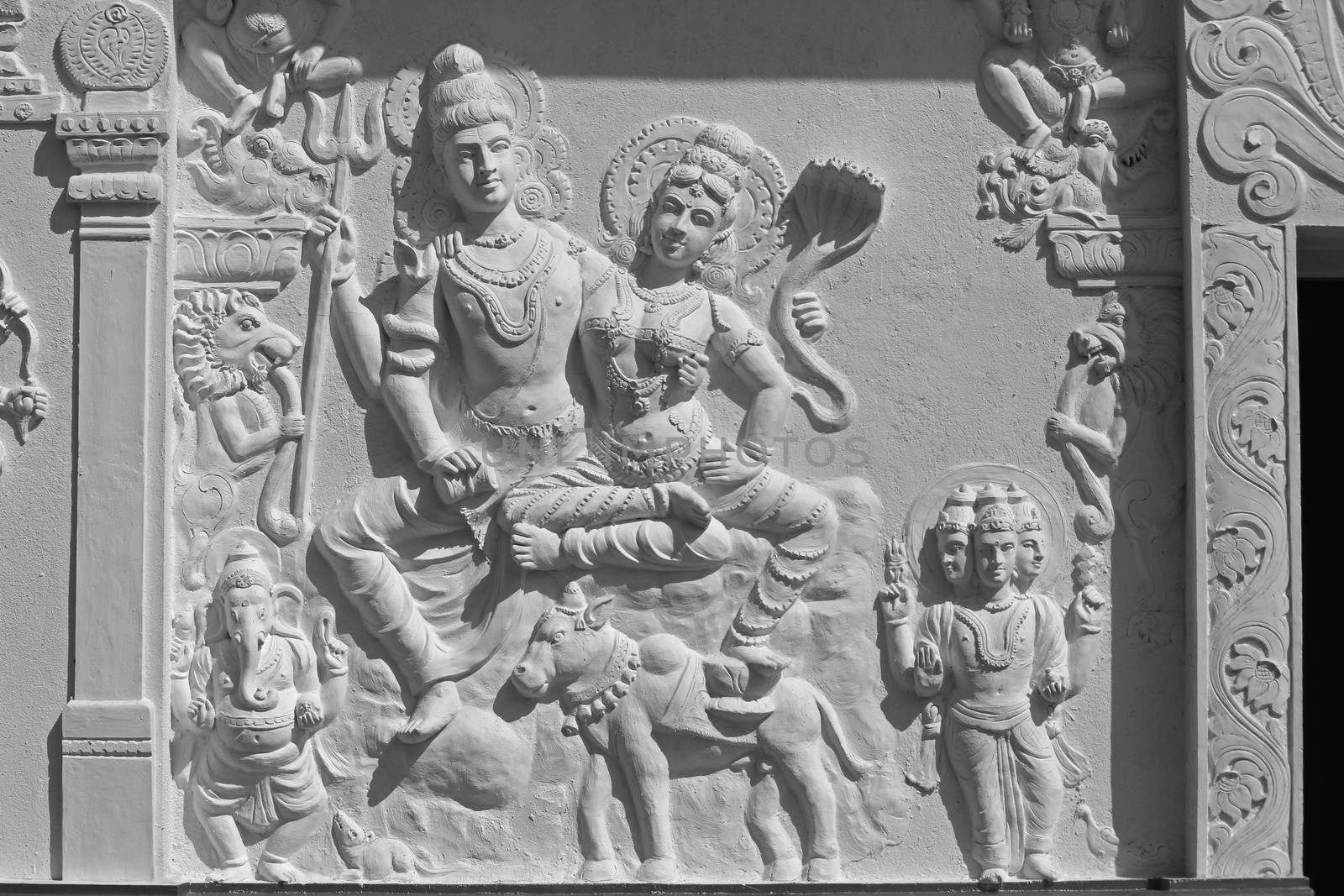
Sculpture of Lord Shiva-Parvati
Stock PhotoUsername
yandsResolution
5184x3456pxSculpture of Lord Shiva-Parvati


Statue of Goddess Mahisasuramardini
Stock PhotoUsername
yandsResolution
2600x3900pxStatue of Goddess Mahisasuramardini
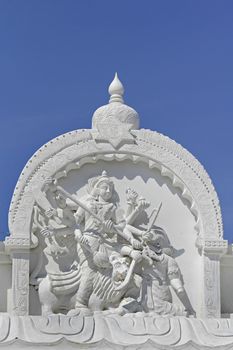
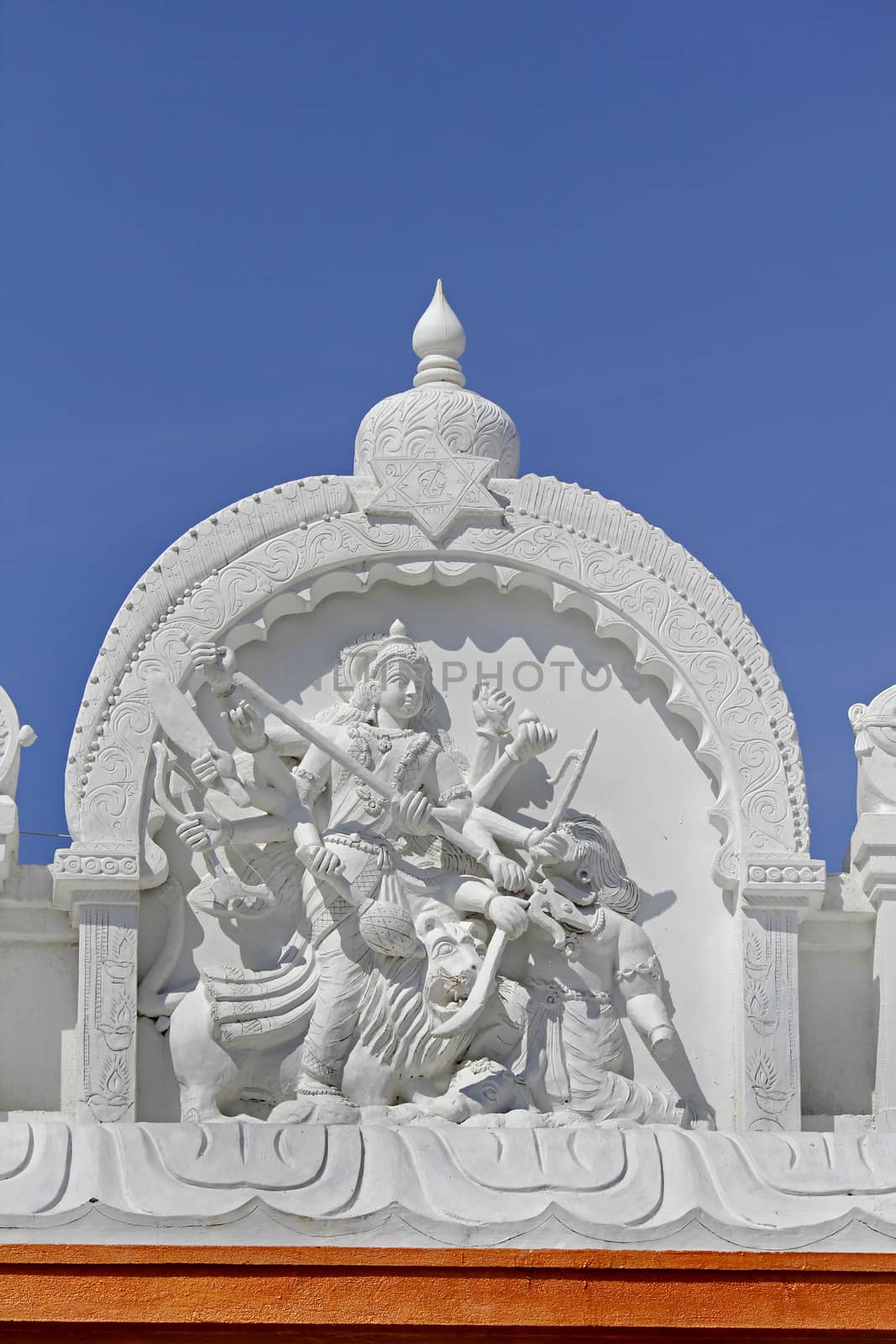
Statue of Goddess Mahisasuramardini
Stock PhotoUsername
yandsResolution
3456x5184pxStatue of Goddess Mahisasuramardini

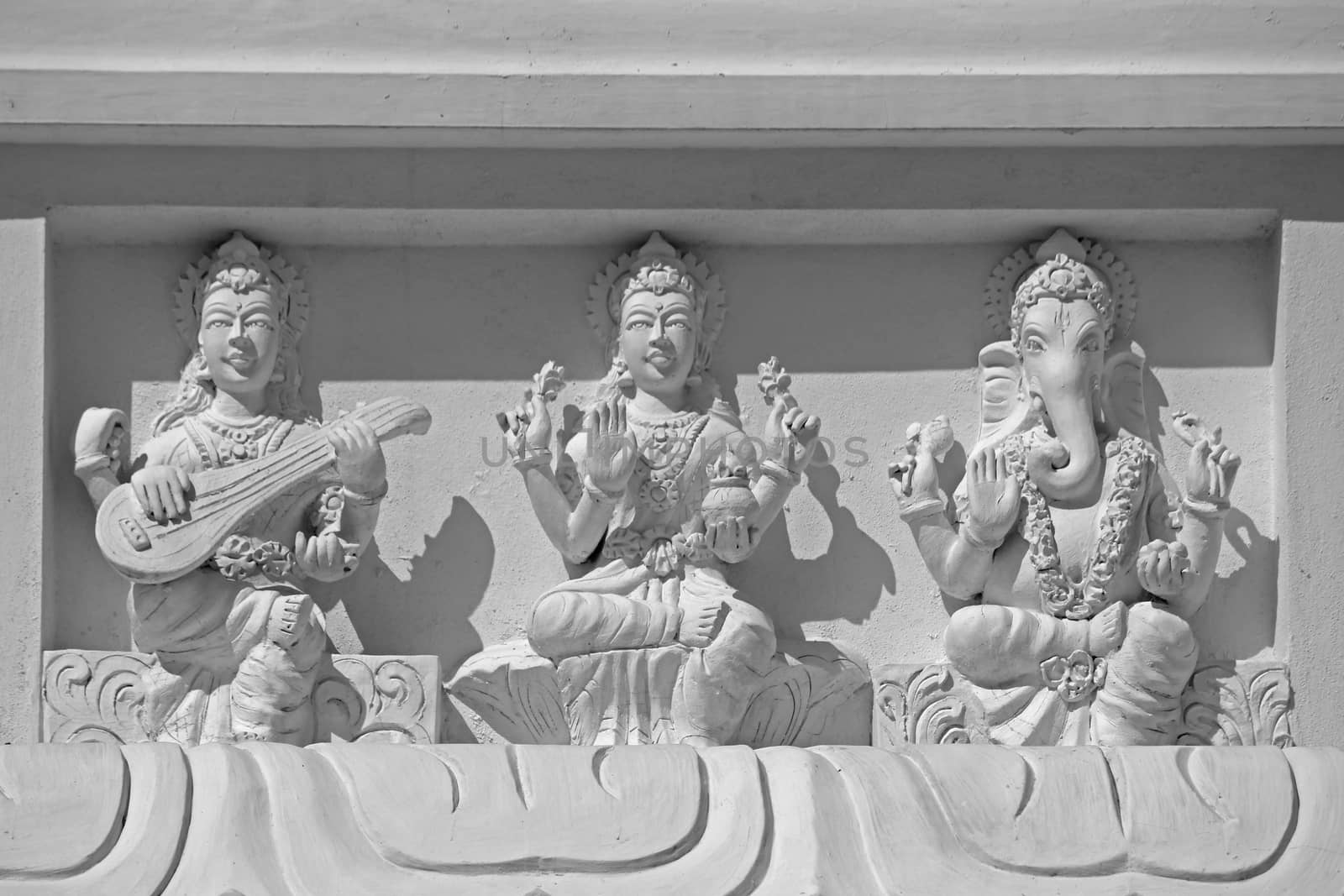
Statues of Lord Saraswati, Lord Laxmi and Lord Ganesha
Stock PhotoUsername
yandsResolution
5184x3456pxStatues of Lord Saraswati, Lord Laxmi and Lord Ganesha


Sculpture at Shrinath Mhaskoba Temple, Kodit, Sasvad, Maharashtr
Stock PhotoUsername
yandsResolution
3456x5184pxSculpture at Shrinath Mhaskoba Temple, Kodit, Sasvad, Maharashtr
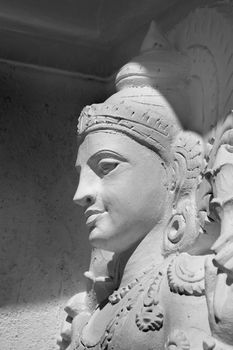
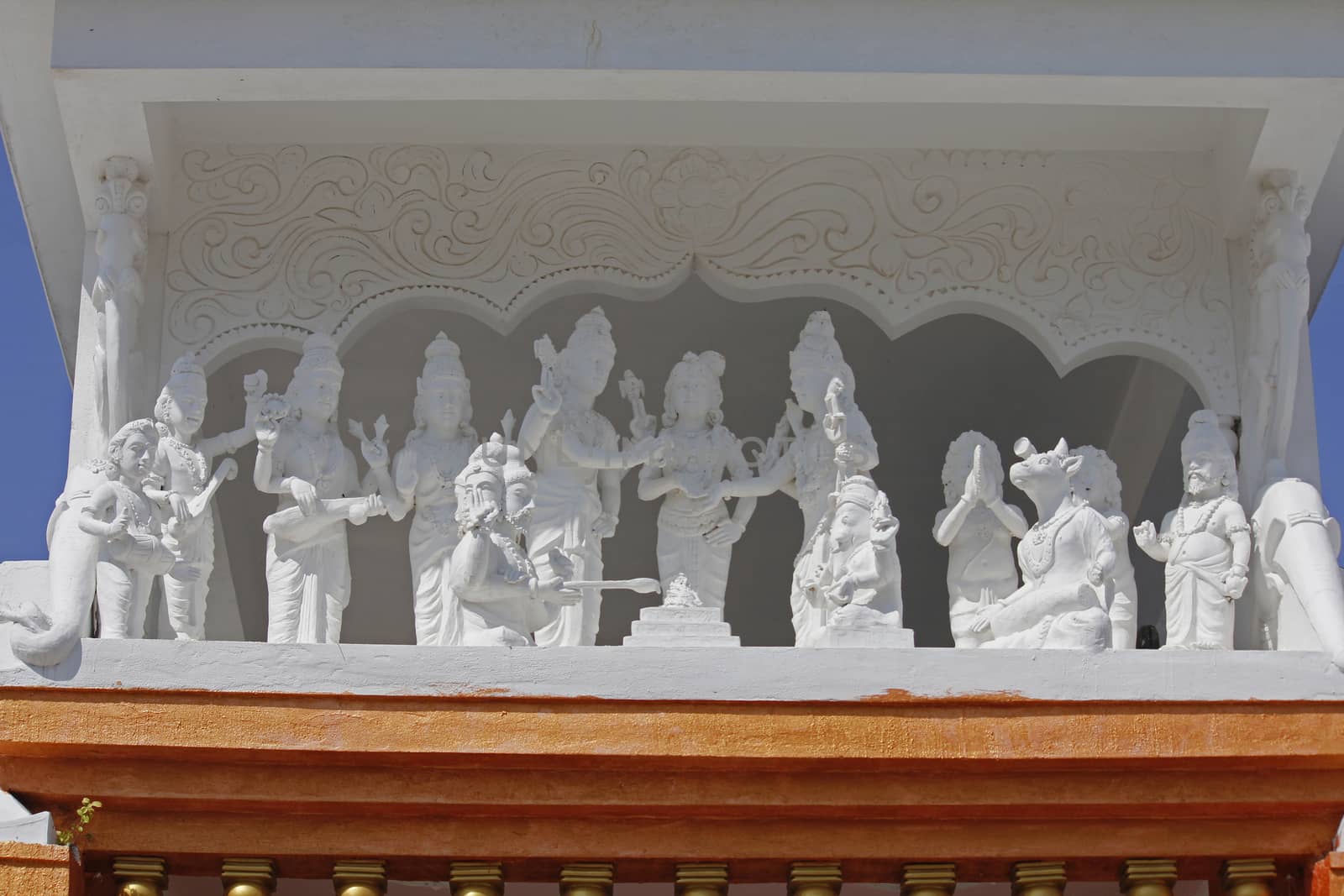
Sculpture at Shrinath Mhaskoba Temple, Kodit, Sasvad, Maharashtr
Stock PhotoUsername
yandsResolution
5184x3456pxSculpture at Shrinath Mhaskoba Temple, Kodit, Sasvad, Maharashtr

